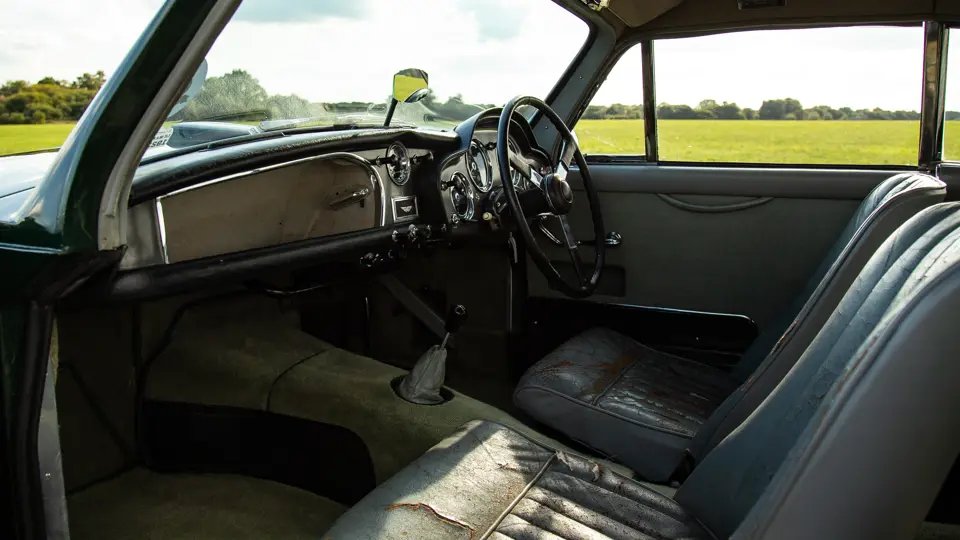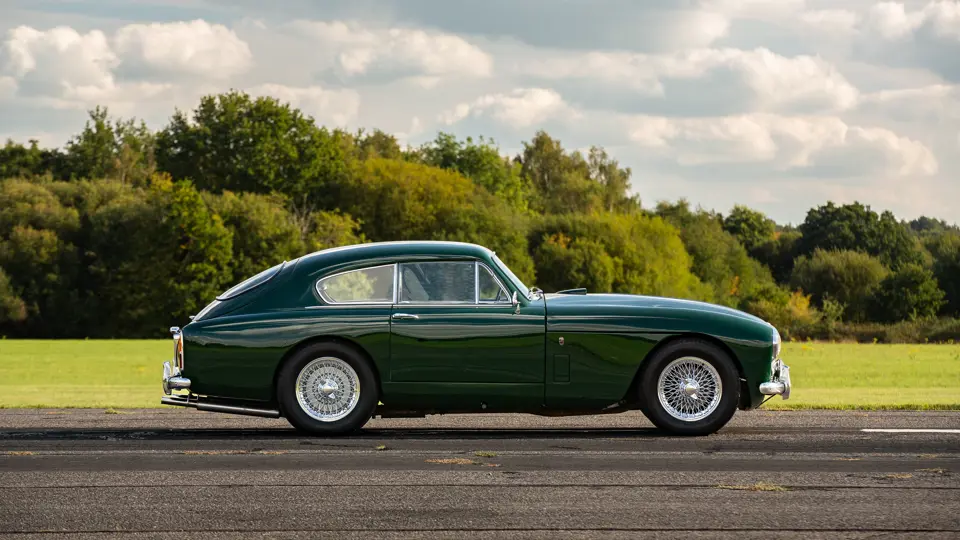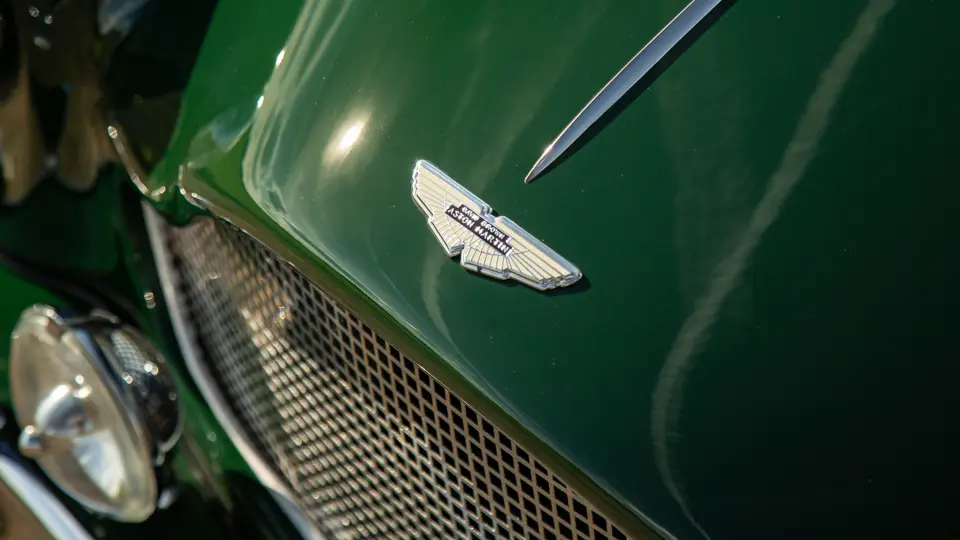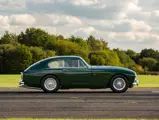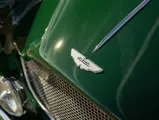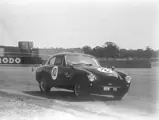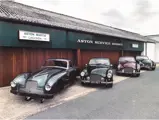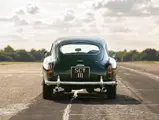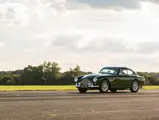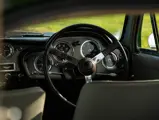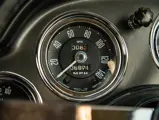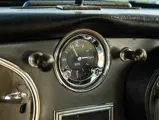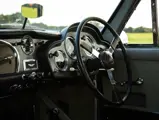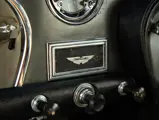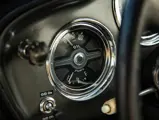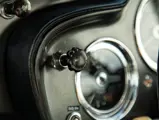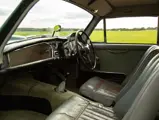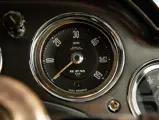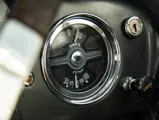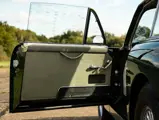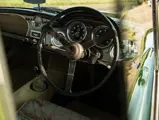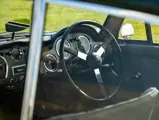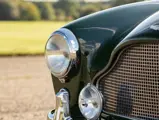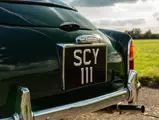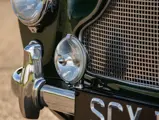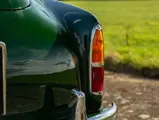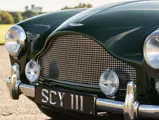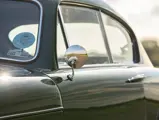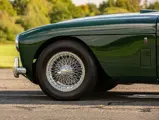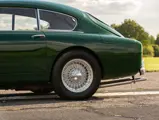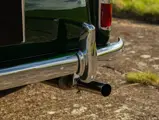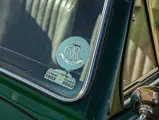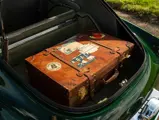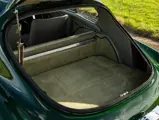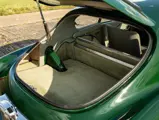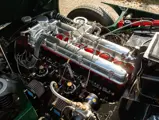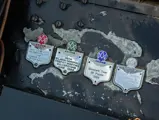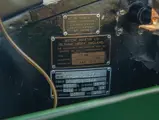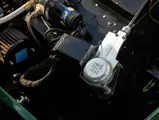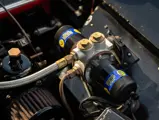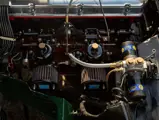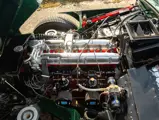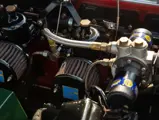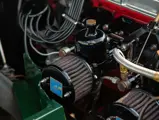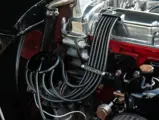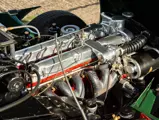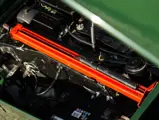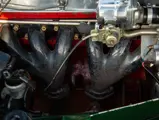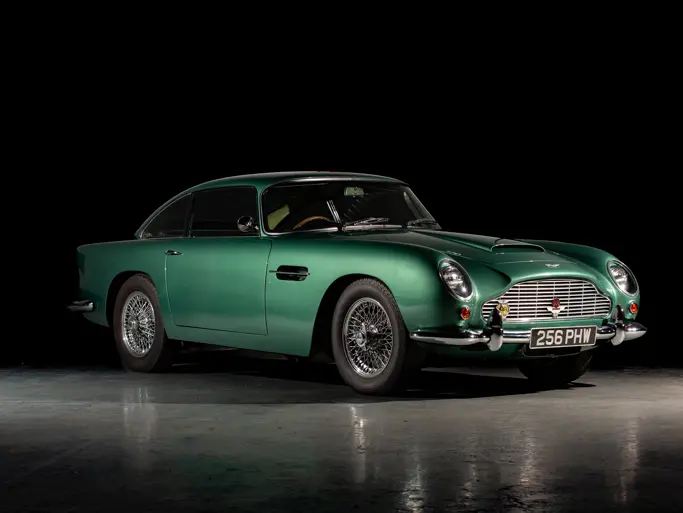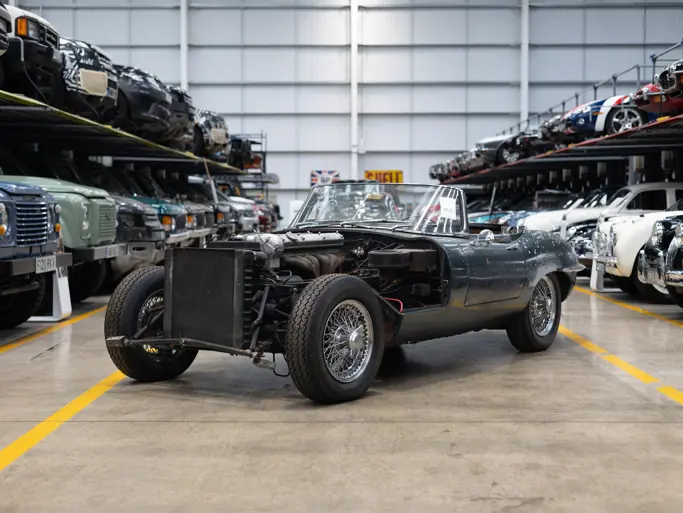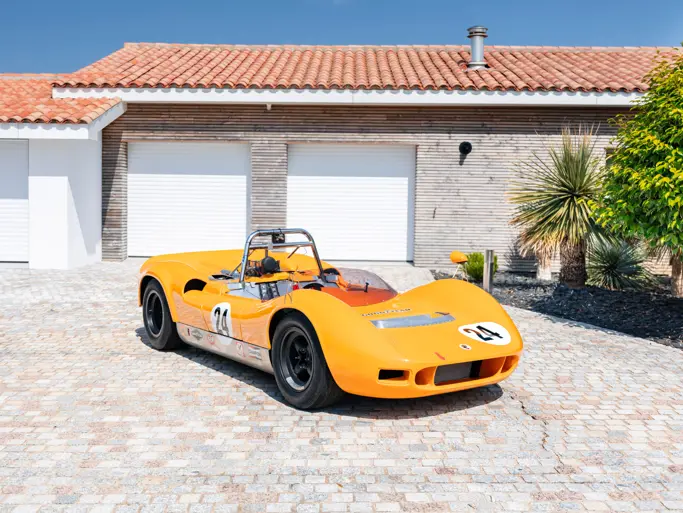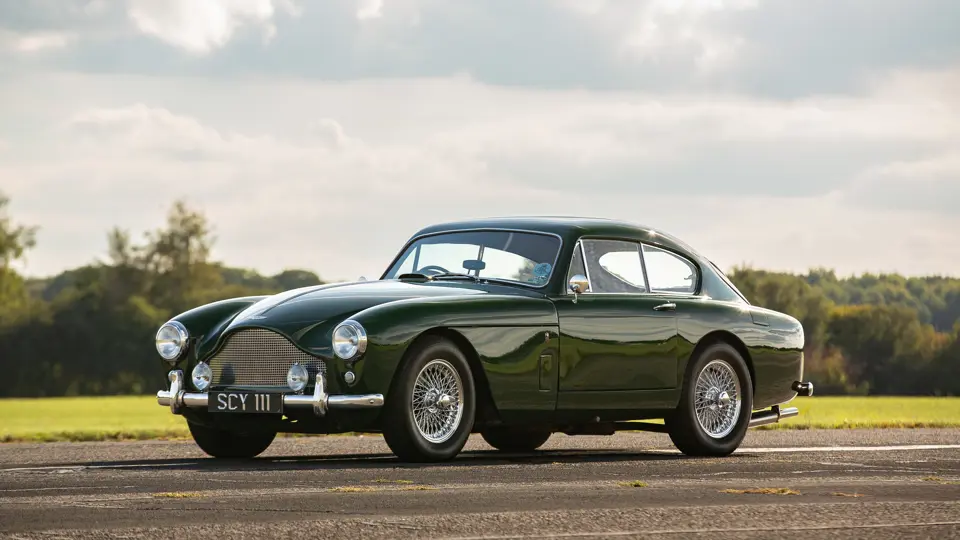
1958 Aston Martin DB2/4 Mk III by Tickford
{{lr.item.text}}
£120,750 GBP | Sold
{{bidding.lot.reserveStatusFormatted}}
- Well-preserved and documented example with soulful patina attesting to years of enjoyment and meticulous upkeep
- Matching-numbers engine and gearbox; also retains much of its original interior, and its period first registration “SCY 111”
- Acquired new by noted Welsh Bugatti racer A H L (Lindsay) Eccles
- Benefits from significant maintenance in current ownership, including engine rebuild by Davron, the Aston Martin marque expert workshop
- Extensive history file with copies of original build sheet, Aston Martin Heritage Trust research report, service invoices dating to the 1970s, photographs and correspondence
Introduced at the 1957 Geneva Salon, the DB2/4 Mk III (or Mk III) was the final and most highly developed iteration of the DB2 series. Its characteristic grille derived from the DB3S sports racing car and redesigned dashboard binnacle became trademark design elements of the DB line. The Willie Watson/WO Bentley-designed twin cam straight six developed 162 brake horsepower in standard DBA form, and Girling front disc brakes were fitted after the first 100 cars. With 551 examples produced, Road & Track declared it “a car for connoisseurs” and famously, of course, Britain’s favourite spy takes to a Mk III in Ian Fleming’s Goldfinger novel of 1959, James Bond under cover as a “well-to-do, rather adventurous young man with a taste for the good, fast things of life”.
This Mk III was sold new through dealer A Bassett on 28 May 1958 to well-known Welsh Bugatti racer A H L (Lindsay) Eccles, younger brother of racing driver Roy Eccles. With wealth derived from the steel industry, Eccles owned and raced various Bugattis quite successfully. This included races at Brooklands and Donnington Park—securing numerous class wins and podium finishes at British Automotive Racing Club events prior to World War II, achieved in his racing colours of black and green. Along with Earl Howe, the Hon Brian Lewis and Charlie Martin, Eccles was one of four British racers invited to acquire the Type 59 Bugatti Works cars of 1934, with his example understood to now be part of the famed Ralph Lauren collection.
Eccles would be just the first of several devout driving enthusiasts to own this remarkable Mk III, initially registered “SCY 111” in Swansea, Wales. It came finished from the factory in Dark Carriage Green with Grey Connolly hides, with the essential and optional overdrive, according to a copy of its original build sheet (available to view on file). Documentation indicates subsequent owners included D R Holland (an Aston Martin Owners Club secretary), A P Ashton, and Roy Martin of Birmingham in 1974, a police driving instructor who raced the Mk III successfully in club events until 1979. In 1981, Dutch Aston Martin enthusiast Lodewijk Heydenrijk acquired the Mk III, and completed a six-year, bare-chassis restoration, paying considerable attention to detail and notably retaining the original interior. Heydenrijk enjoyed a long ownership up to 2010, showing the car at UK Aston Martin Owners Club events, using it for golf outings, for family events, and touring Europe.
After subsequent ownerships in Belgium and Germany, the current owner acquired chassis number AM300/3/1554 in 2019 via a prominent Dutch collector car dealership and returned it to the United Kingdom, where it benefitted from a programme of refurbishment and maintenance by marque experts Aston Service Dorset, RS Williams, and Davron of Wiltshire, with invoices on file totalling over £60,000. These works included extensive mechanical refurbishment by Aston Service Dorset, and an engine rebuild by Davron in 2023. As a result, the present enthusiastic owner has enjoyed putting the Mk III into regular use, touring Britain from Land’s End to John O’Groats, from Snowdonia to the Isles of Skye and Islay, travelling to motoring events from Goodwood to Le Mans Classic, and taking Feltham class honours at AMOC concours events.
With its matching-numbers engine and gearbox, all the while exuding a soulful originality that attracts admirers wherever it goes, this Mk III is offered with an impressive history file, including a copy the original build sheet, Aston Martin Heritage Trust research report, service invoices dating to the 1970s, photographs and correspondence from prior owners, as well as numerous original brochures, a factory instruction book and workshop manual. The Aston Martin offers a mix of attractive patination and significant programme of investment, presenting as a charismatic road car for those—like Bond—“with a taste for the good, fast things of life”.
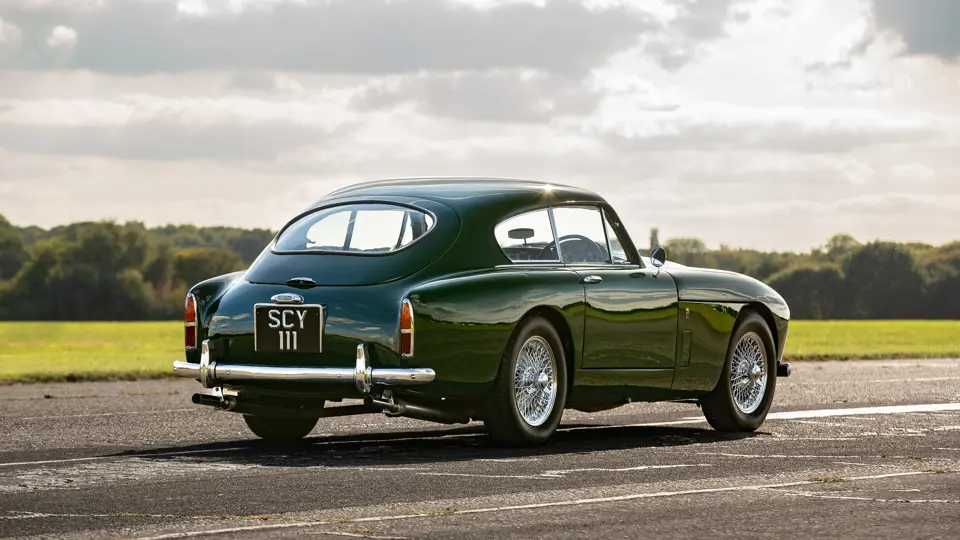
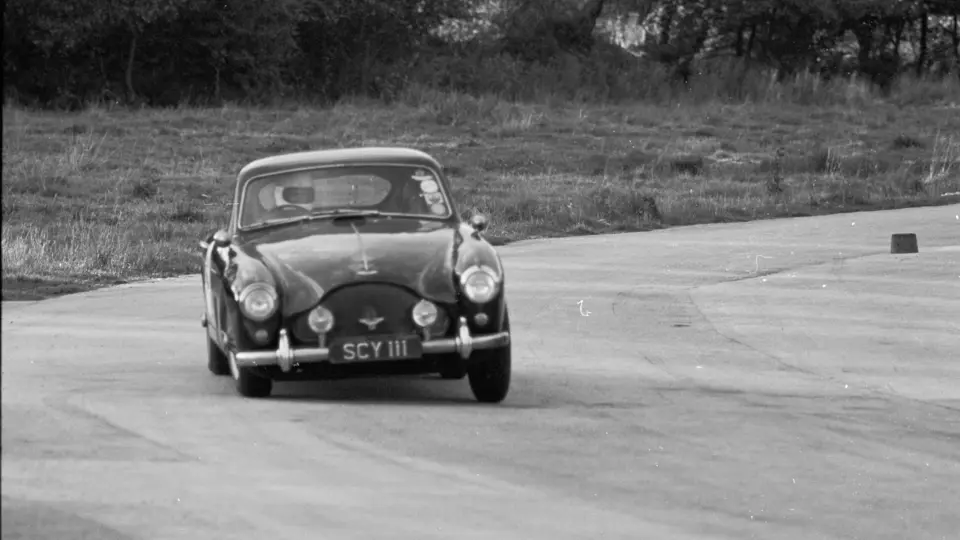
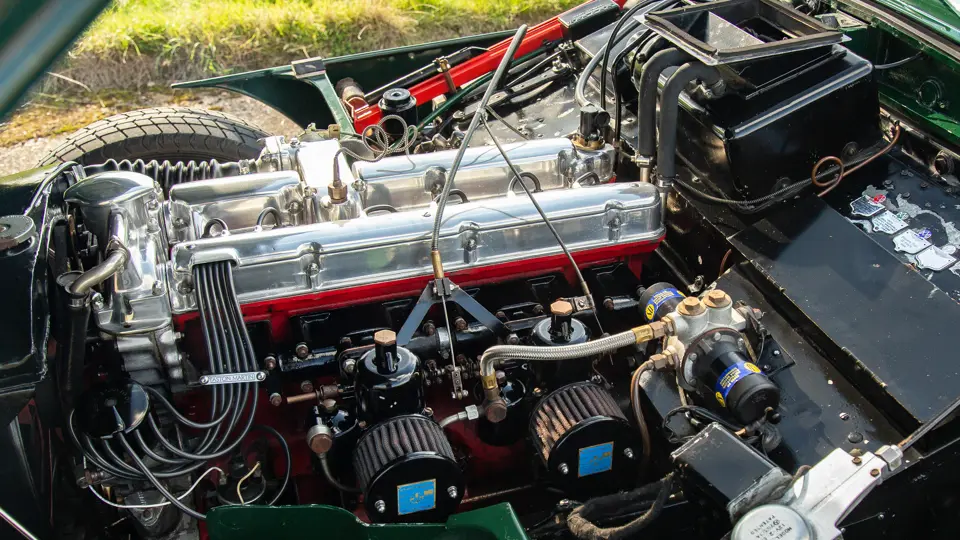

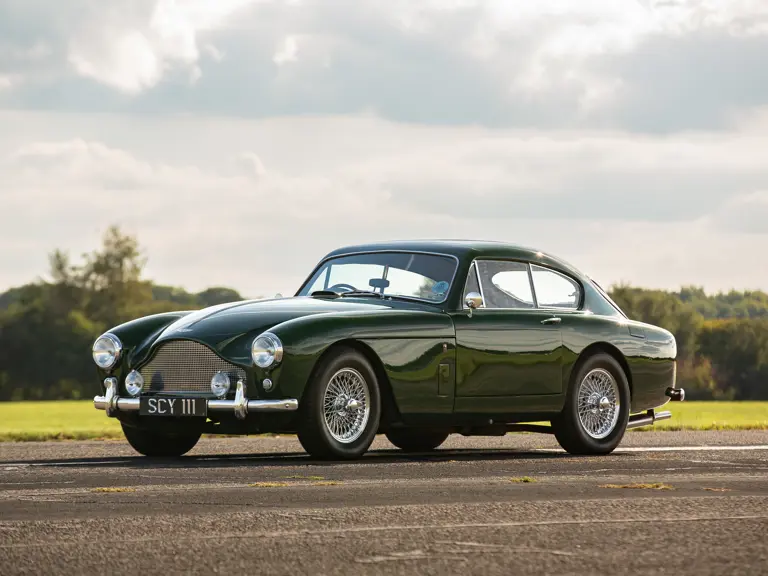
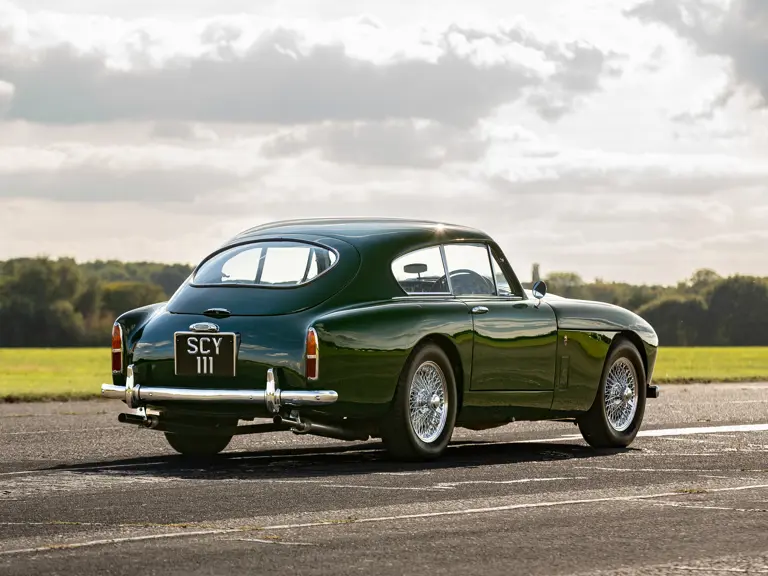
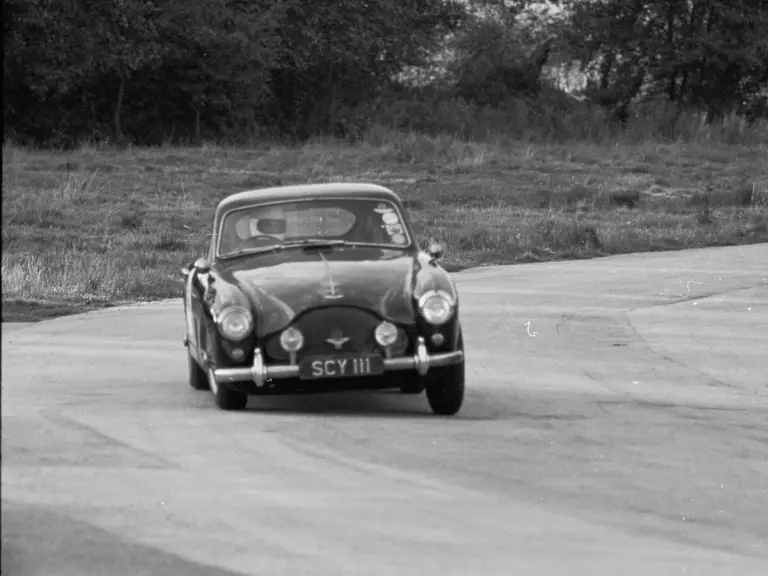
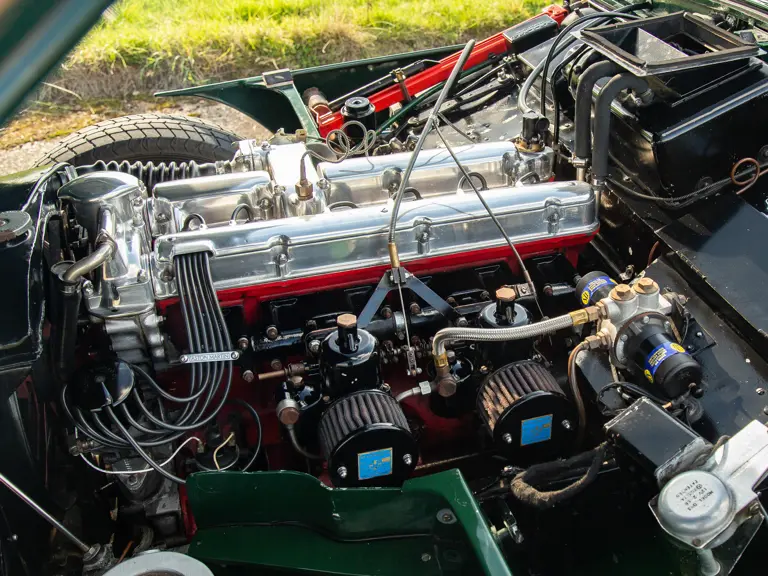
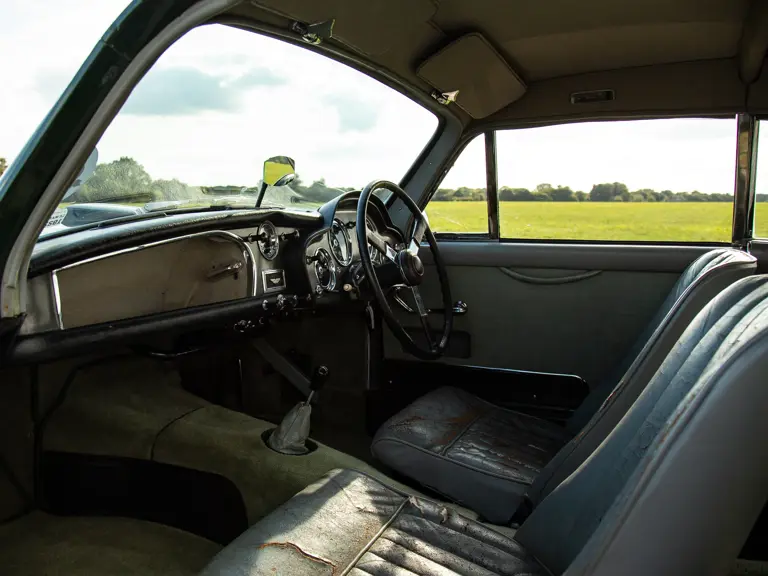
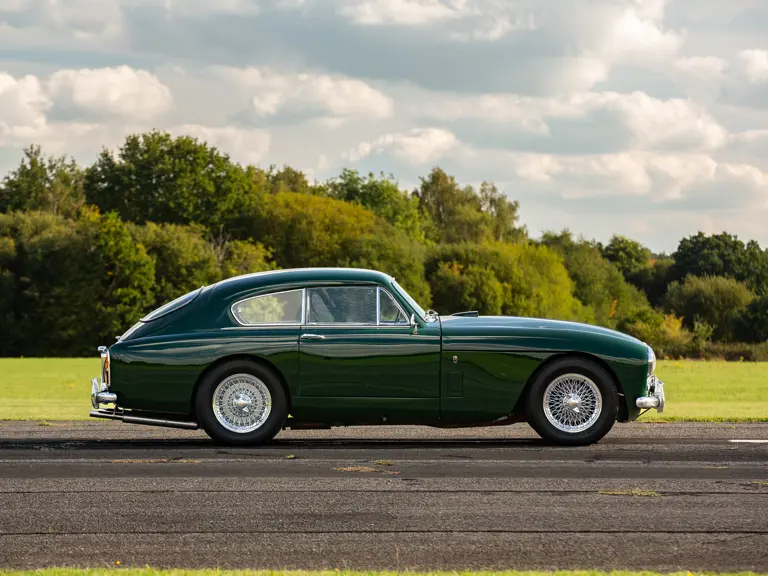
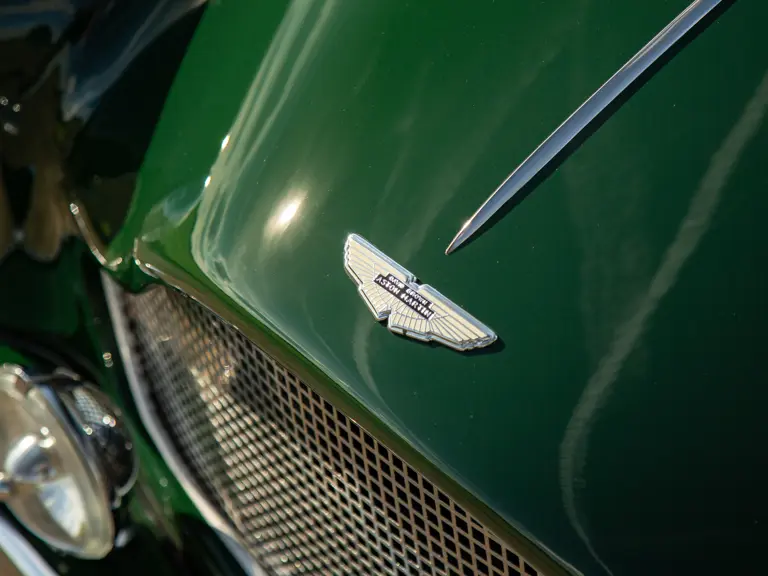
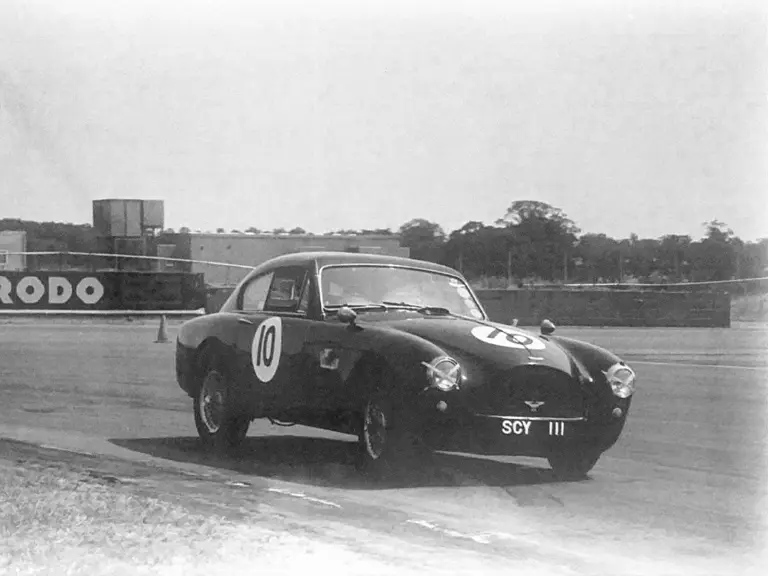
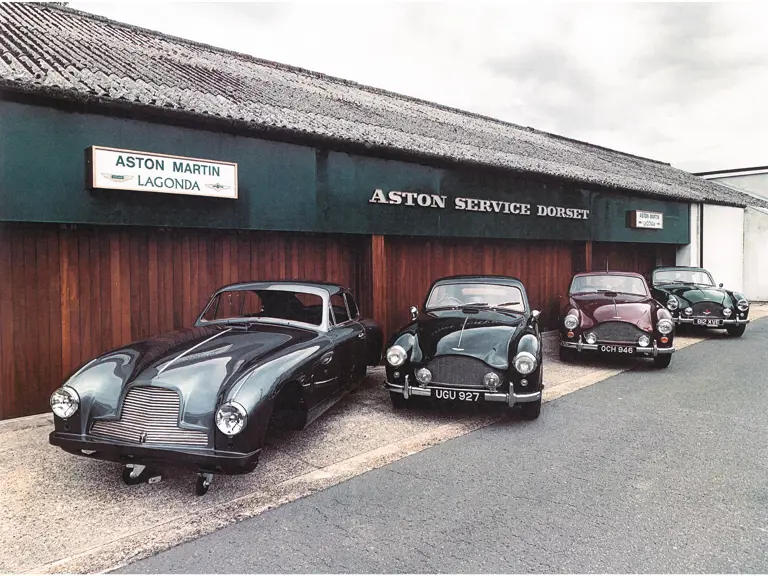
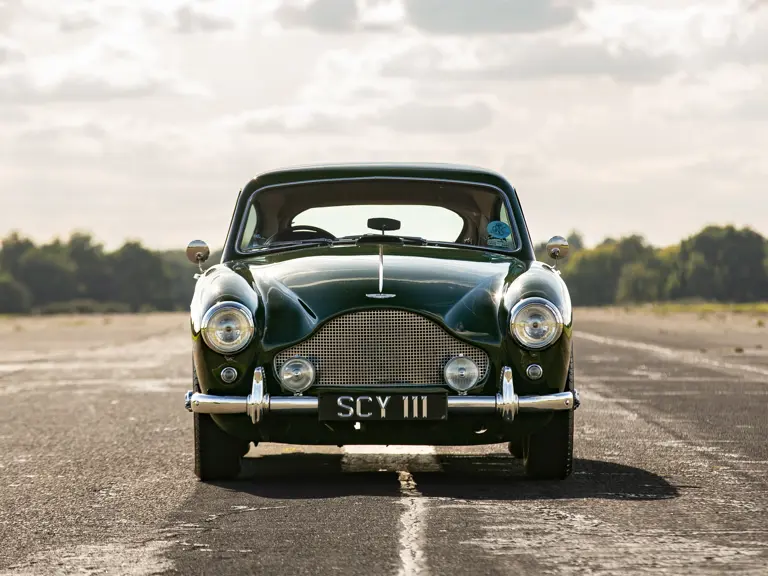
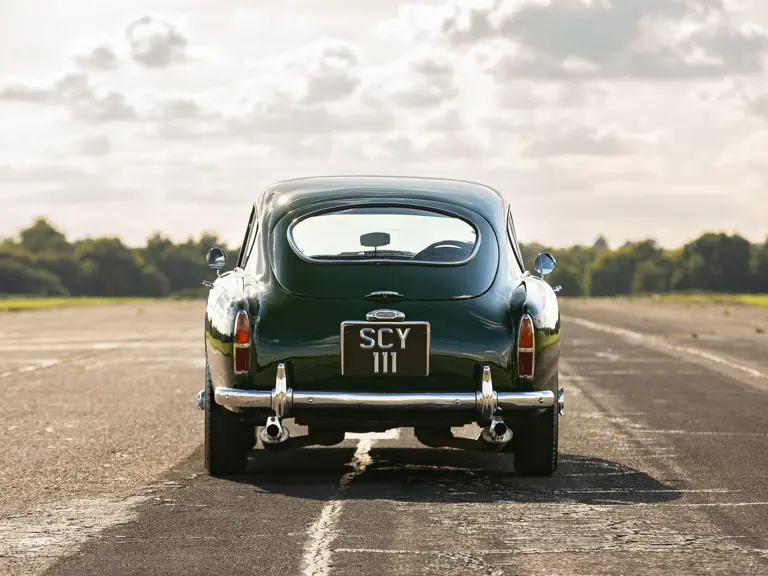
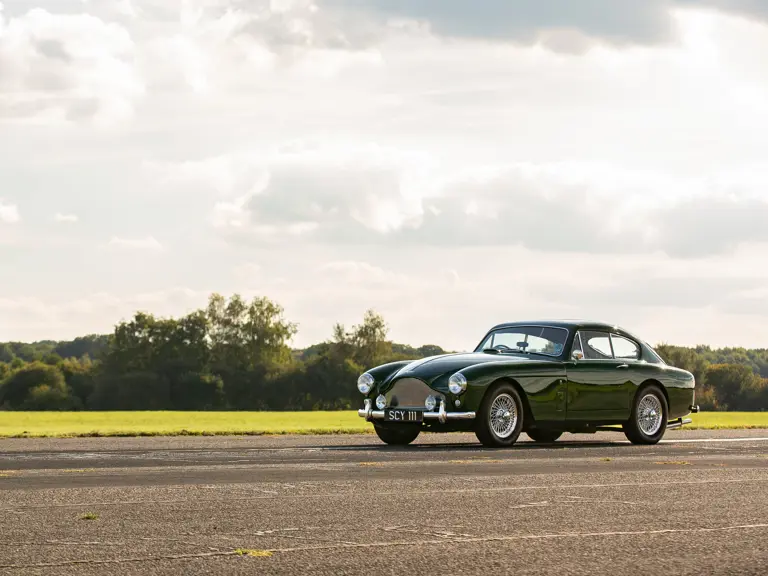
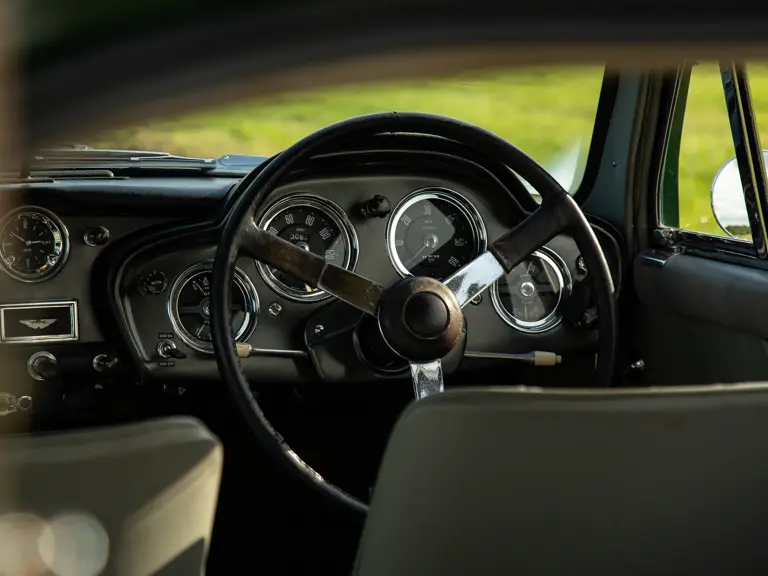
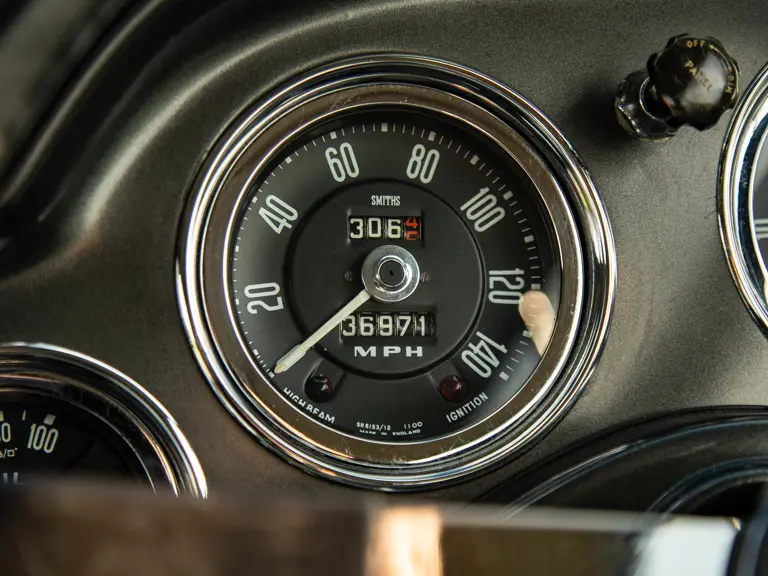
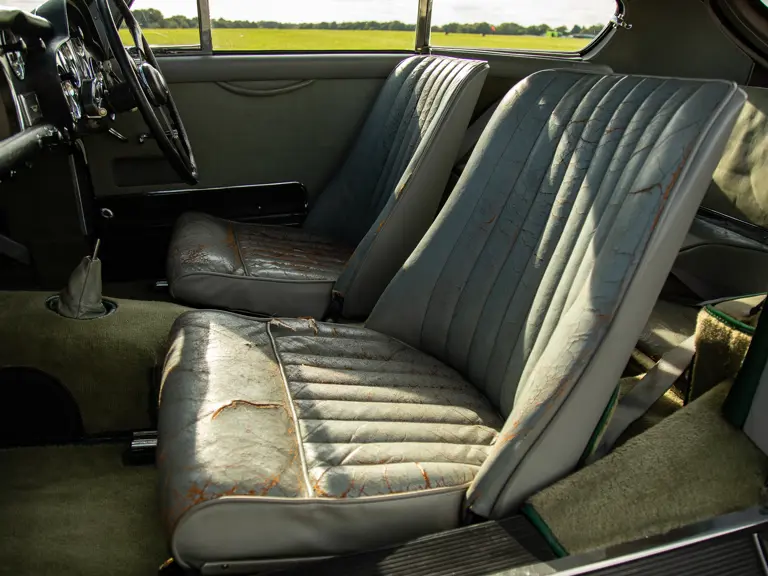
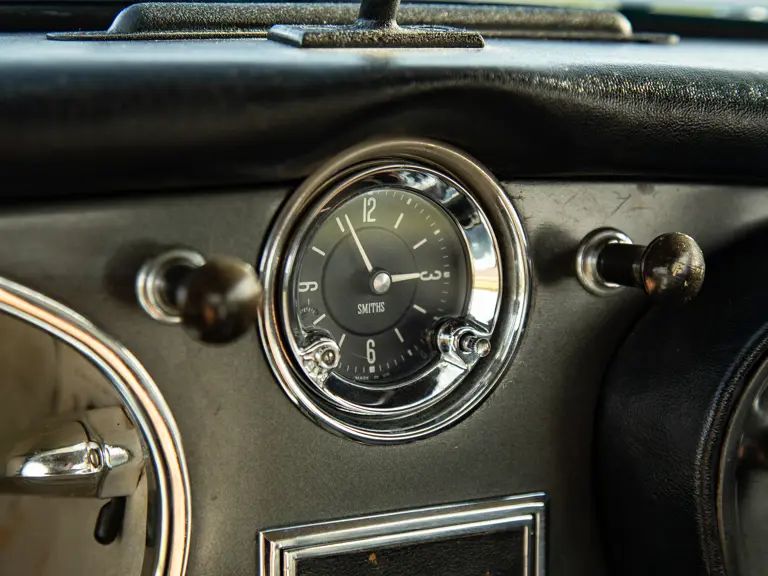
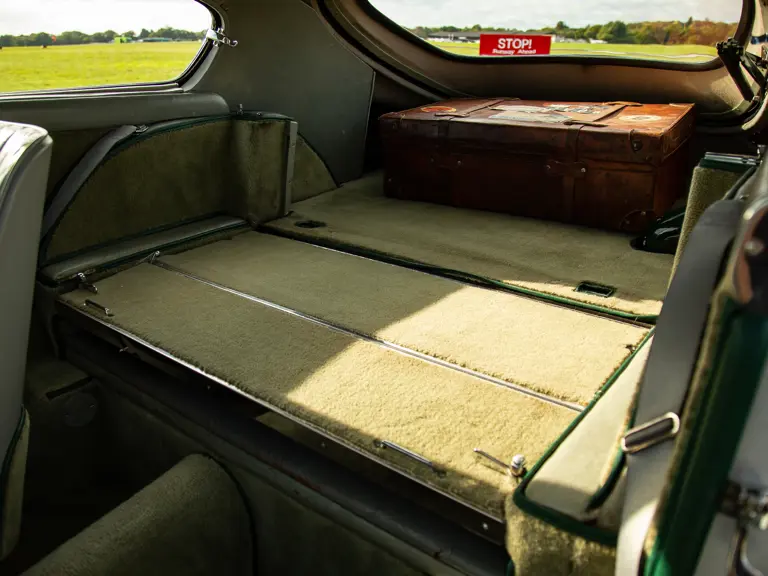
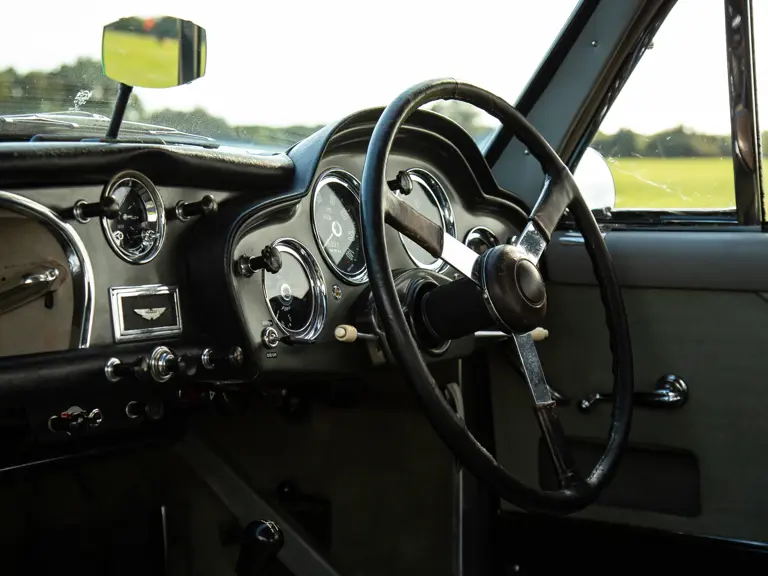
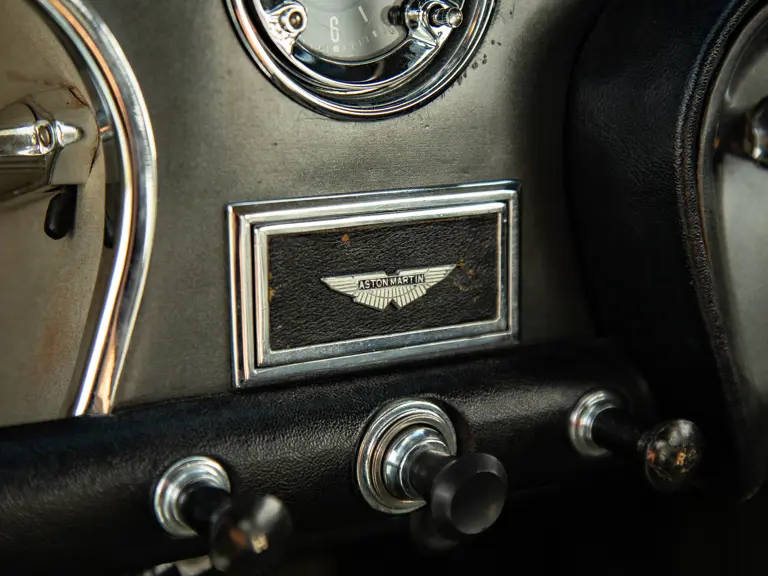
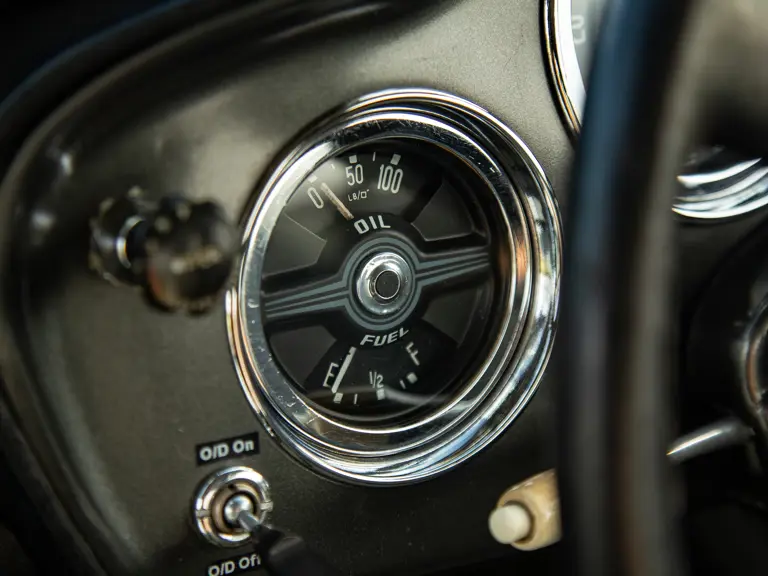
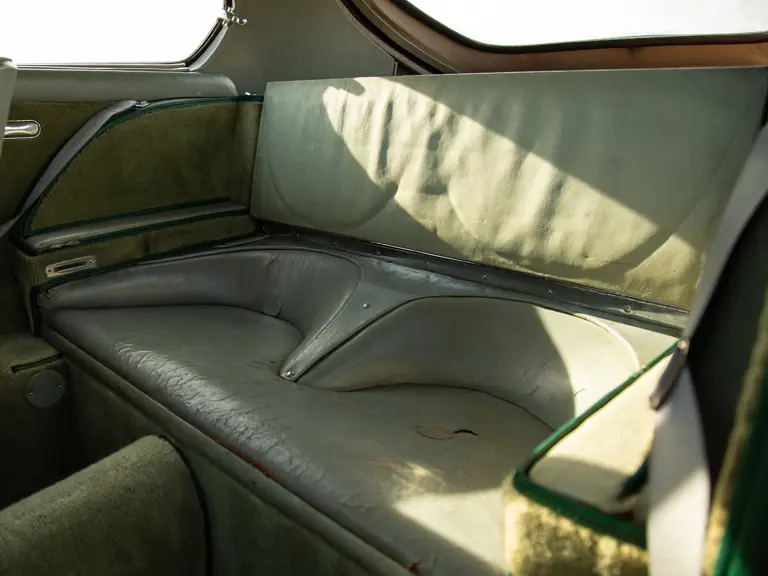
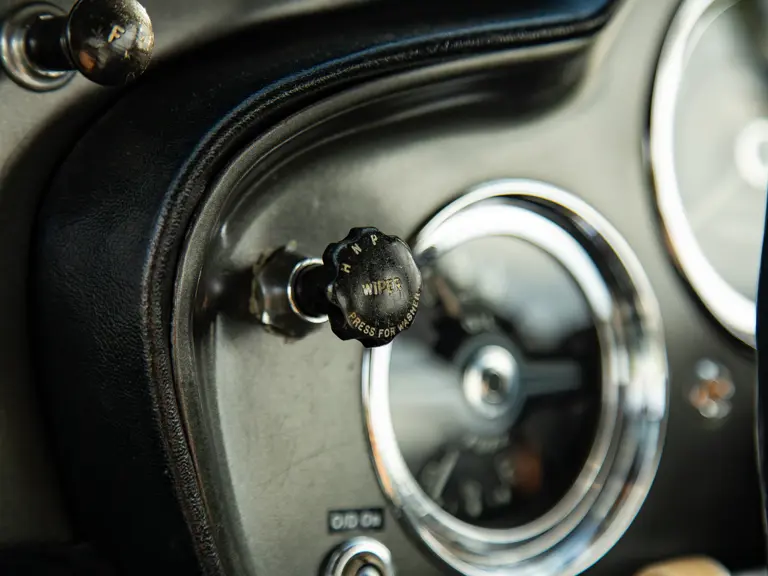
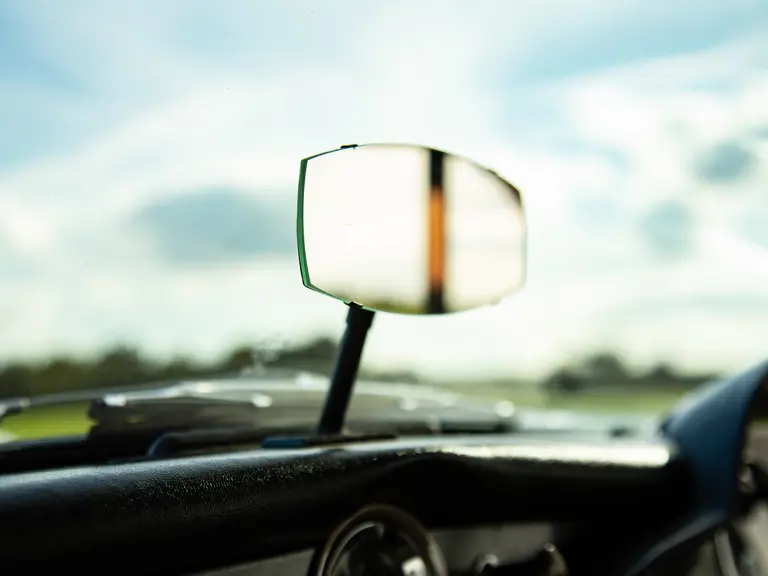
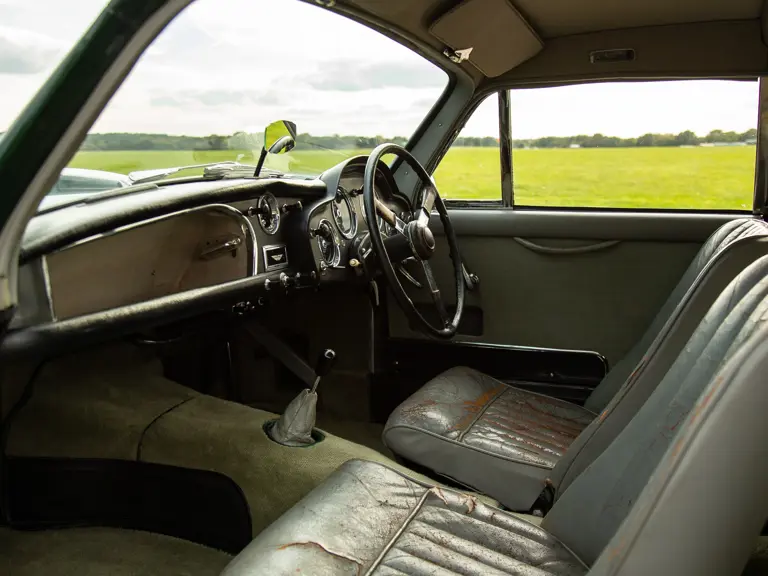
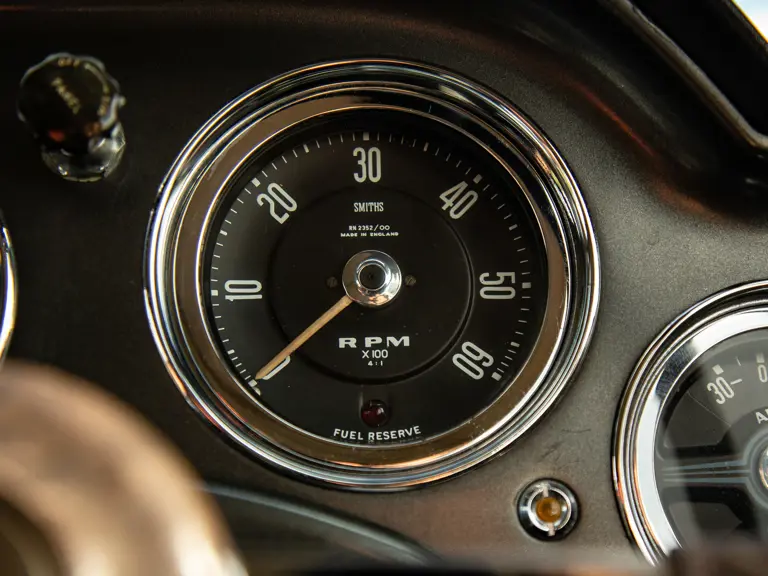
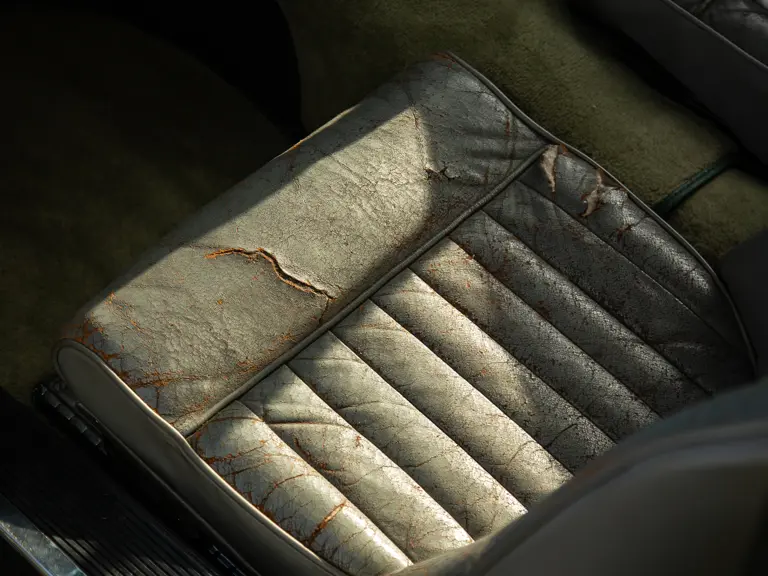
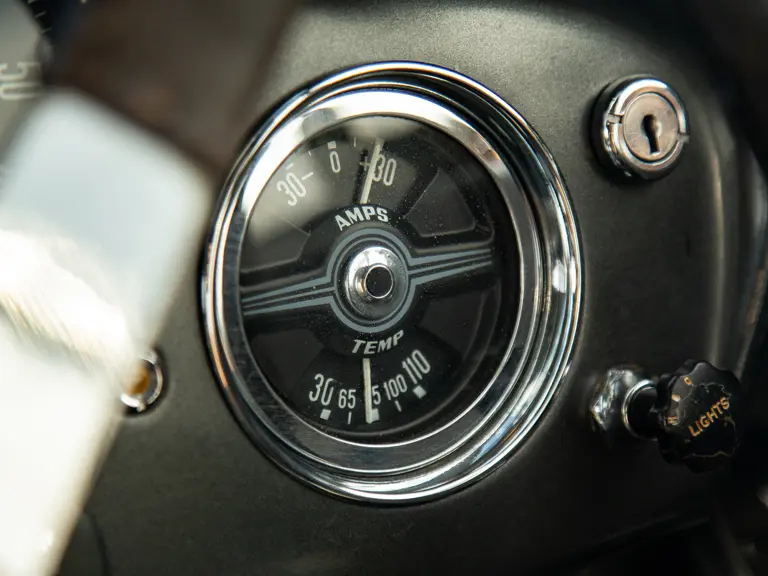
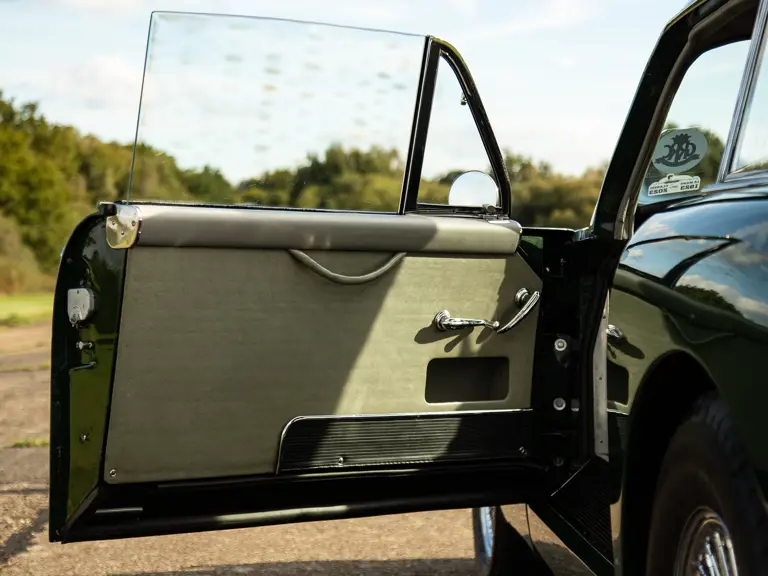
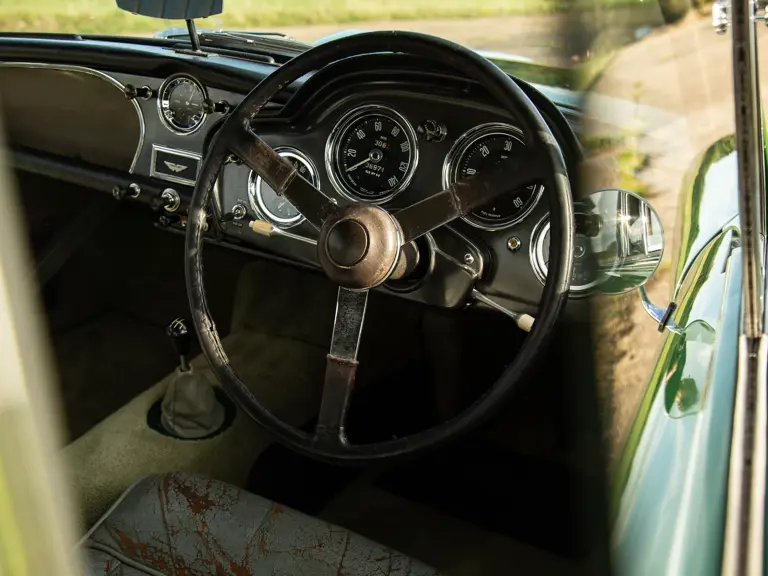
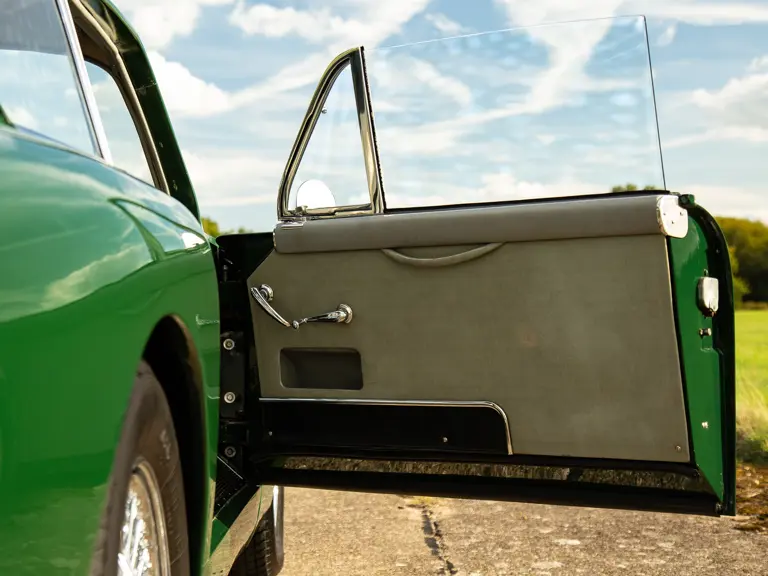
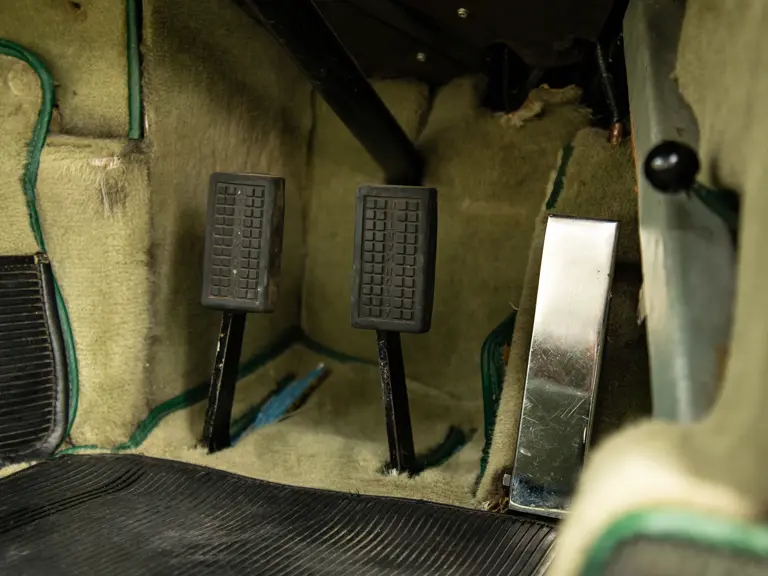
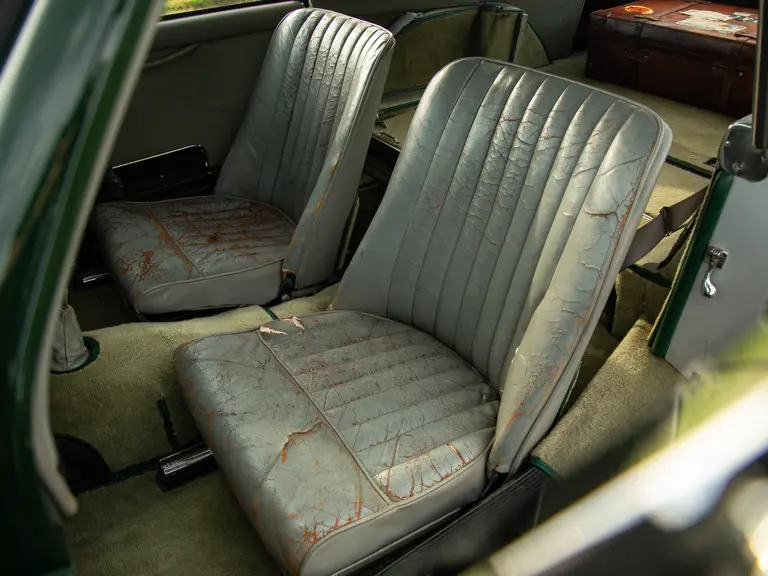
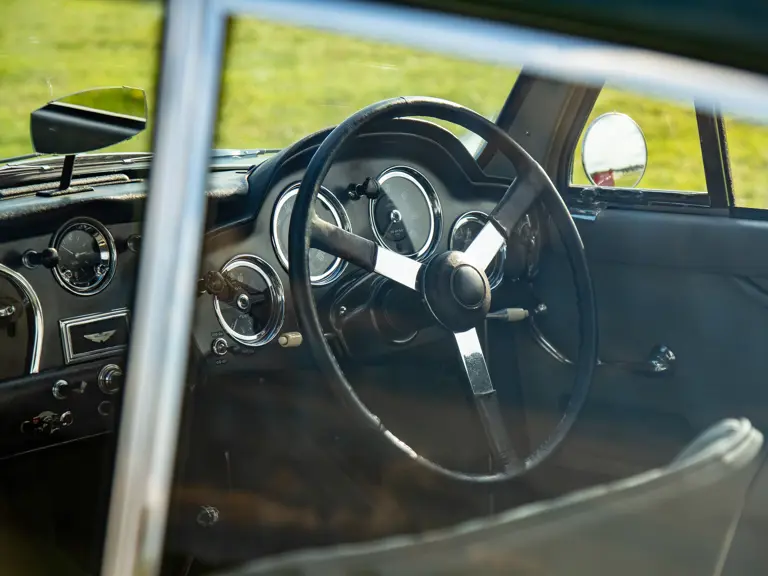
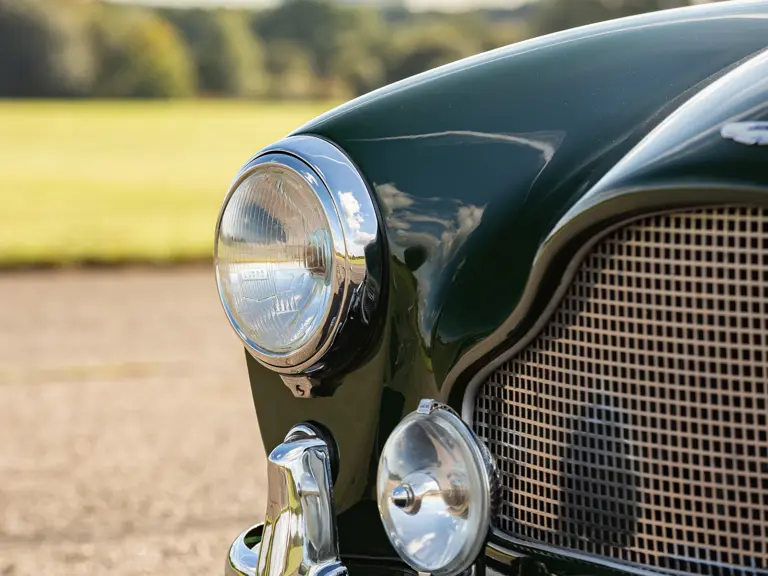
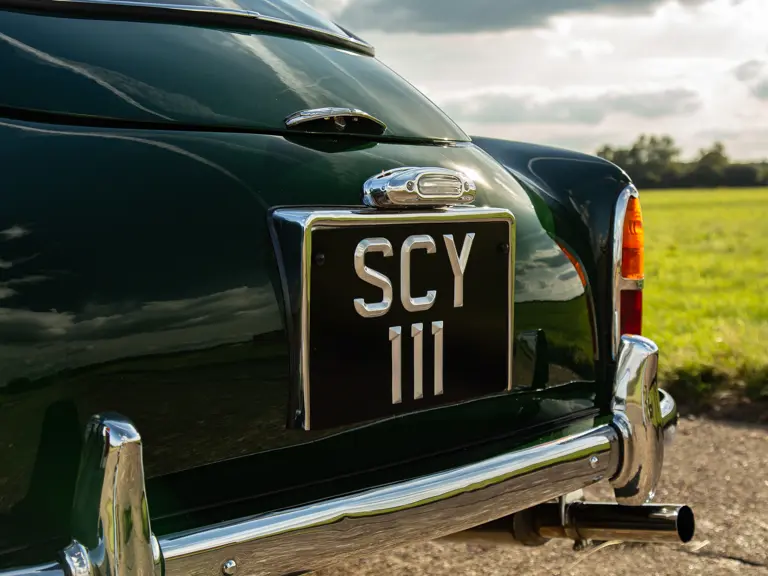
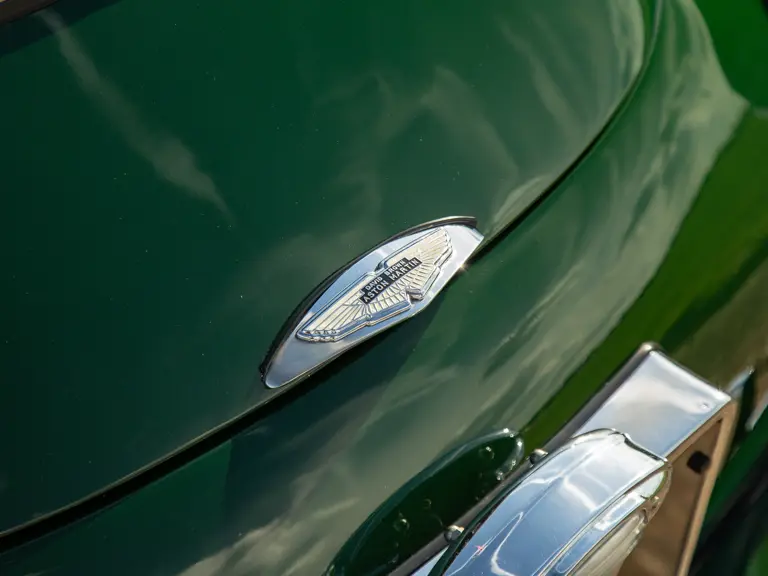
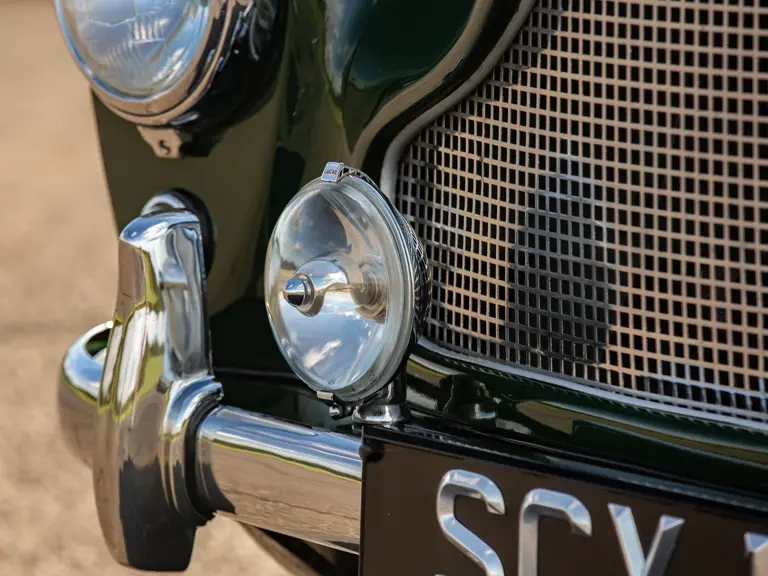
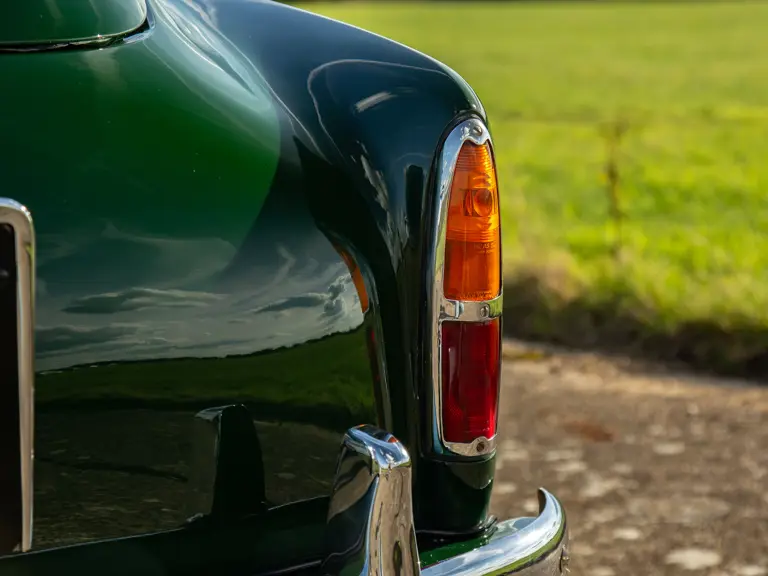
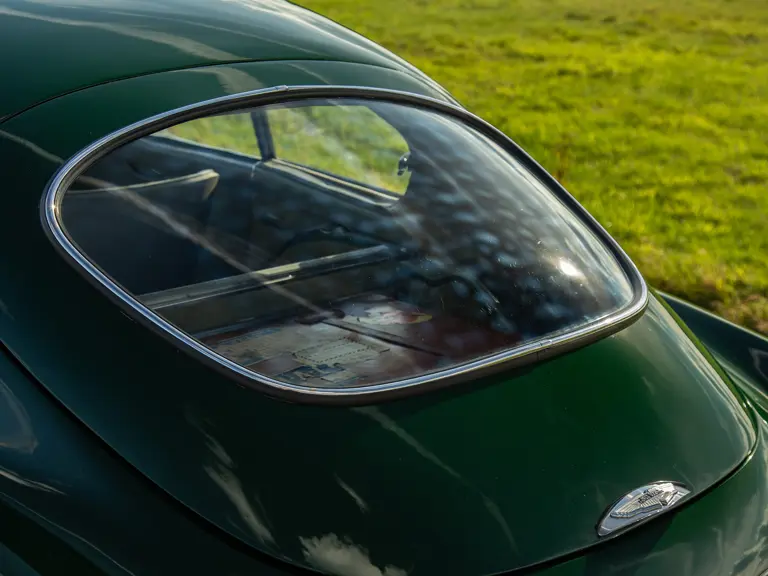
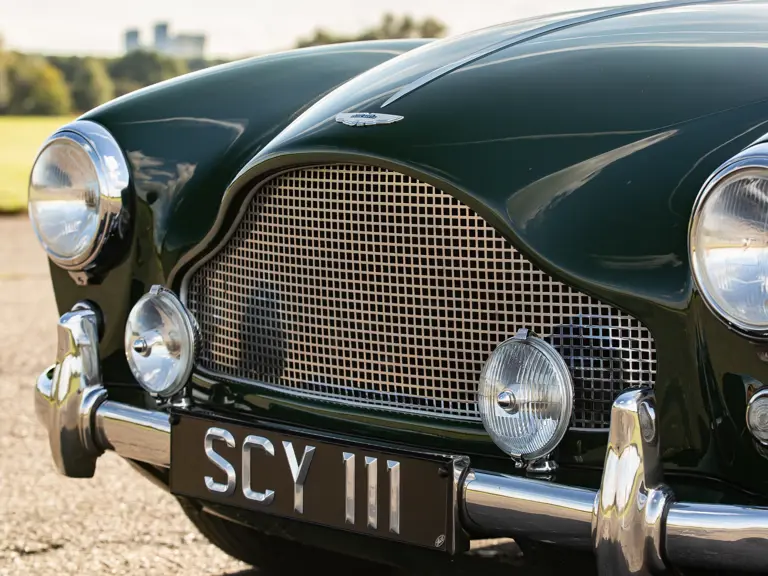
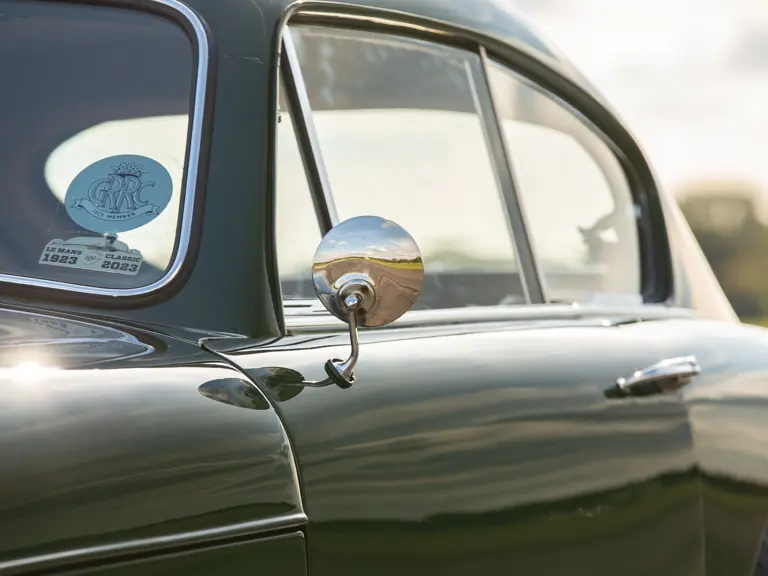
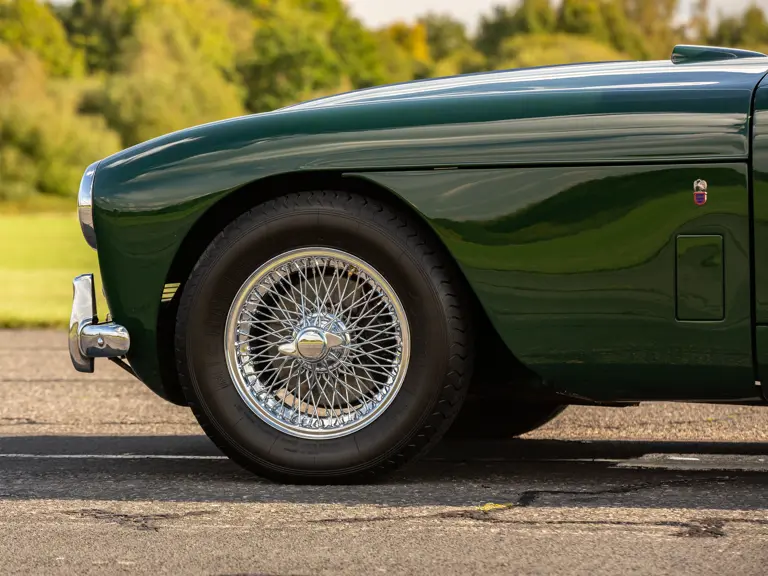
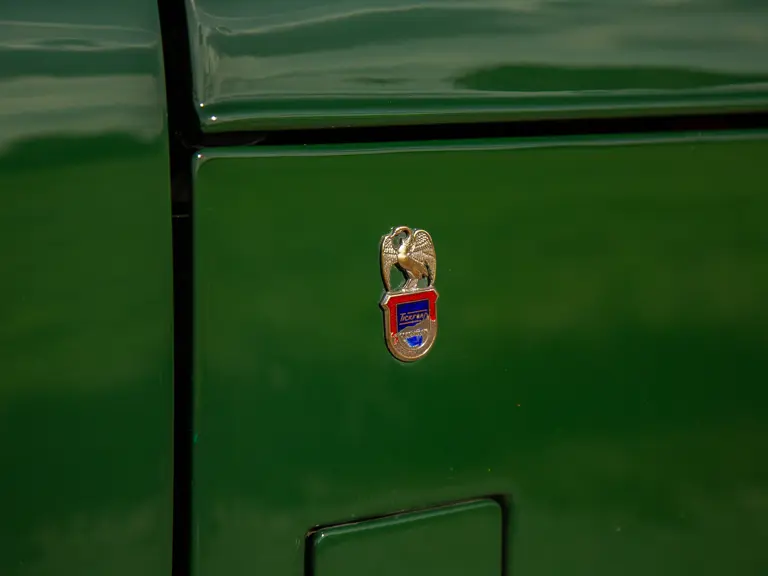
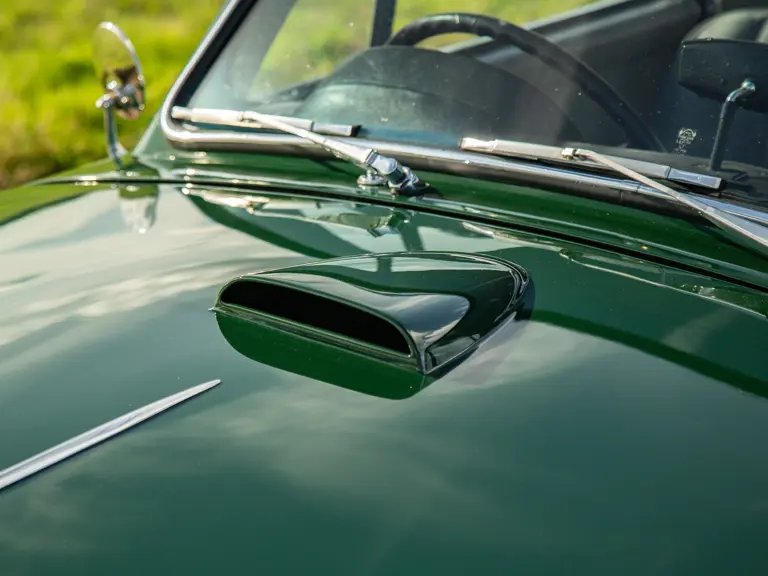
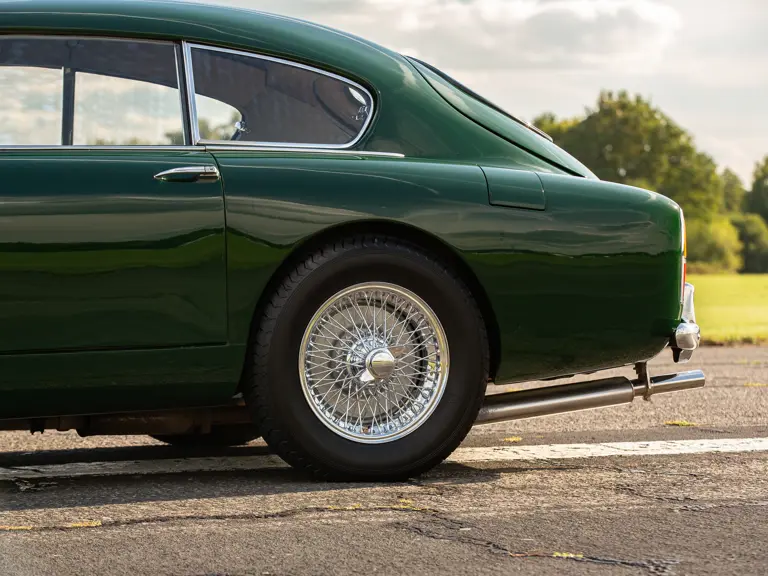
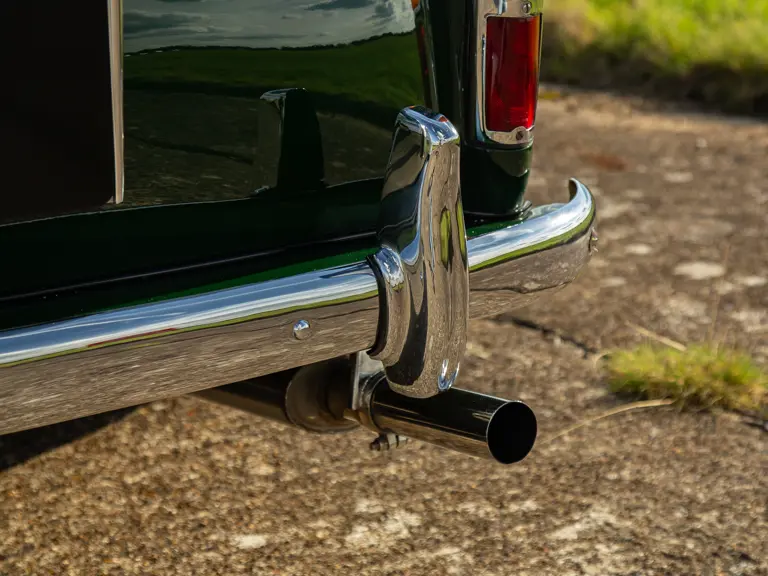
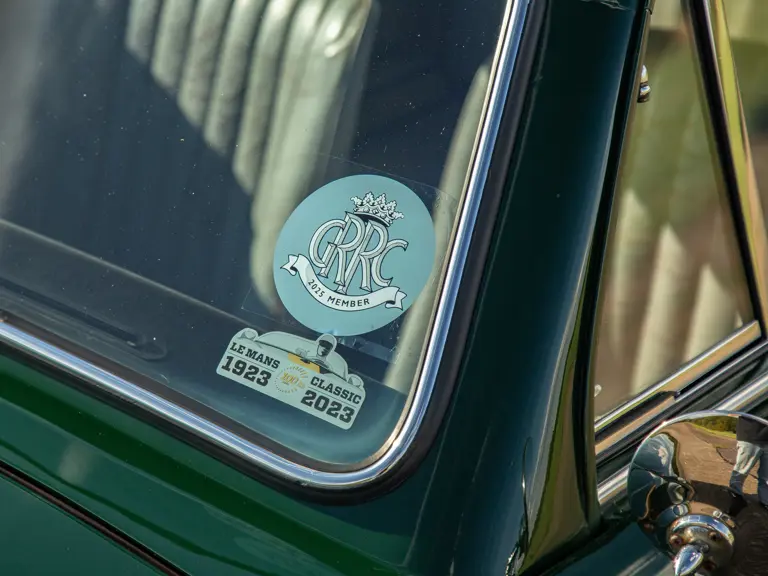
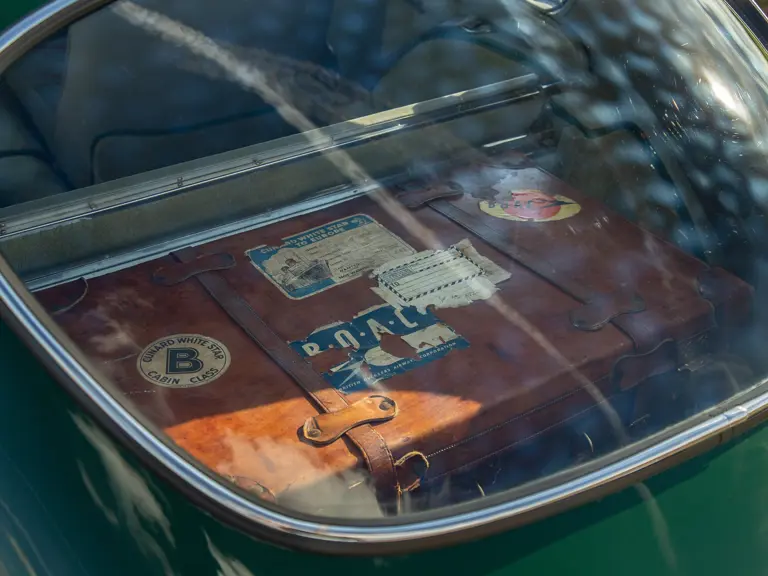
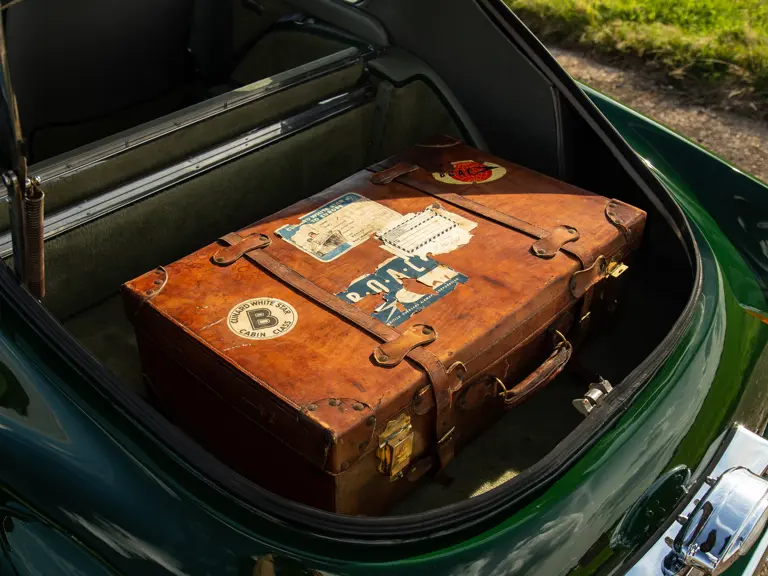
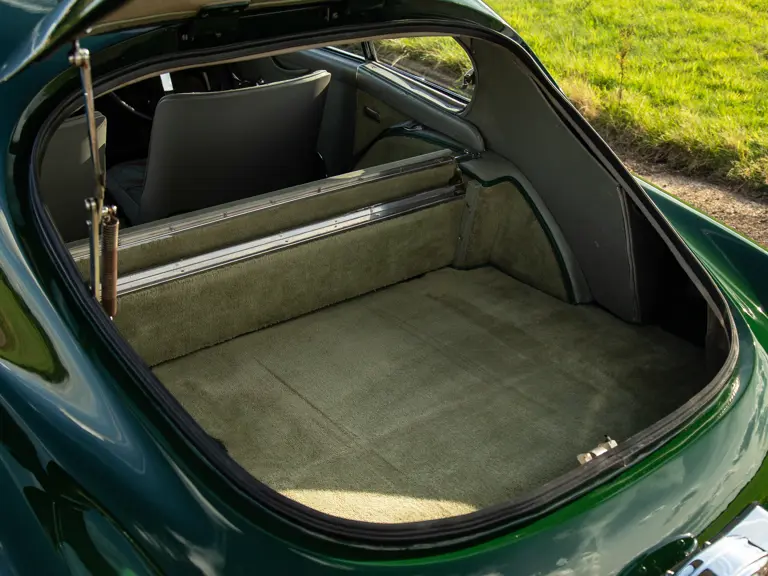
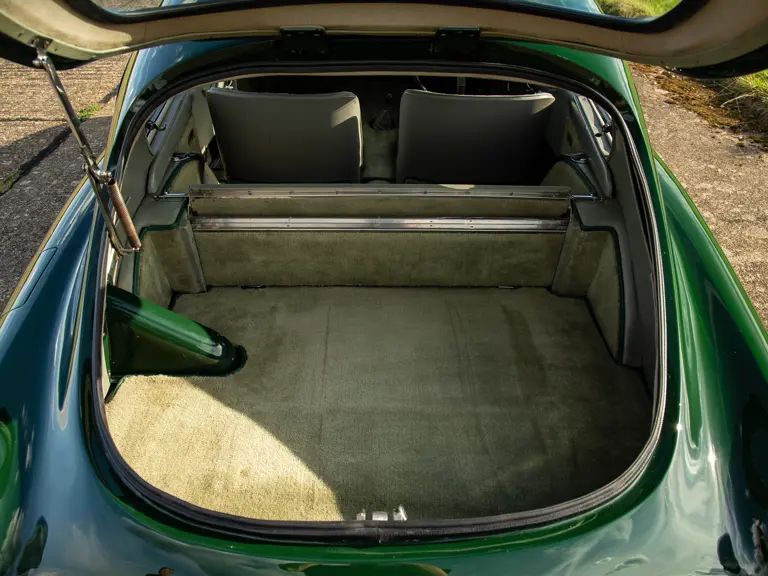
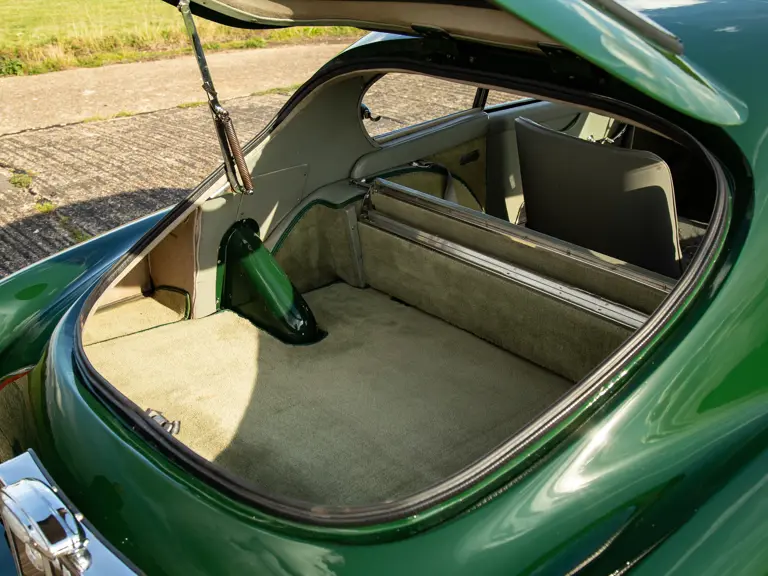
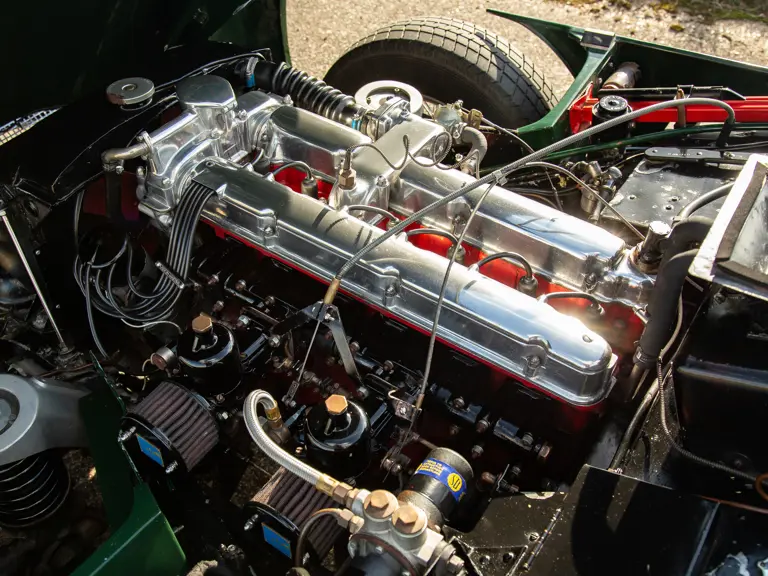
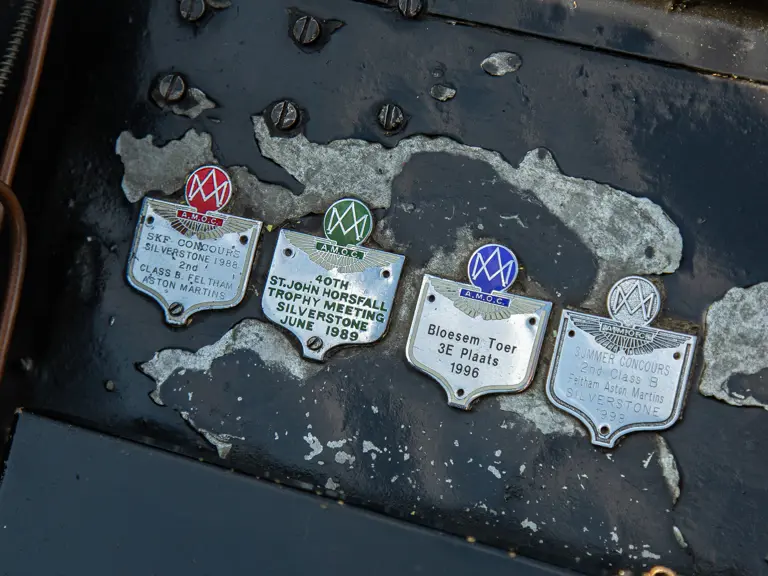
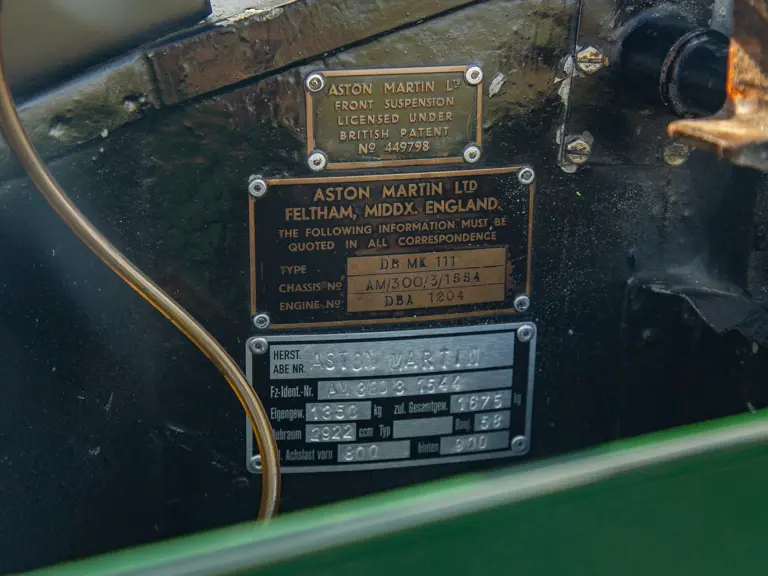
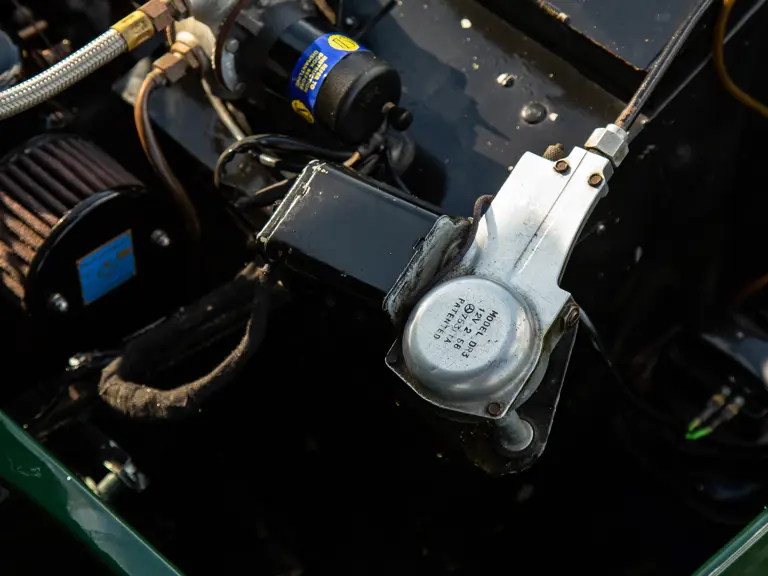
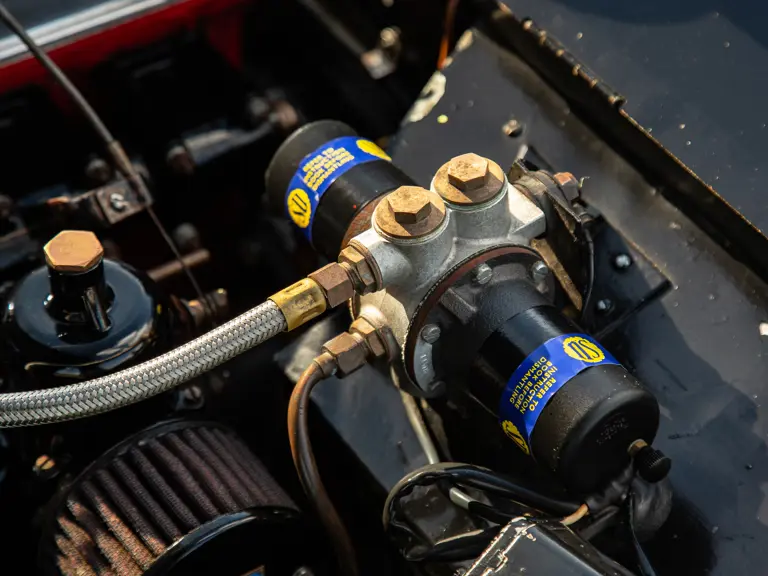
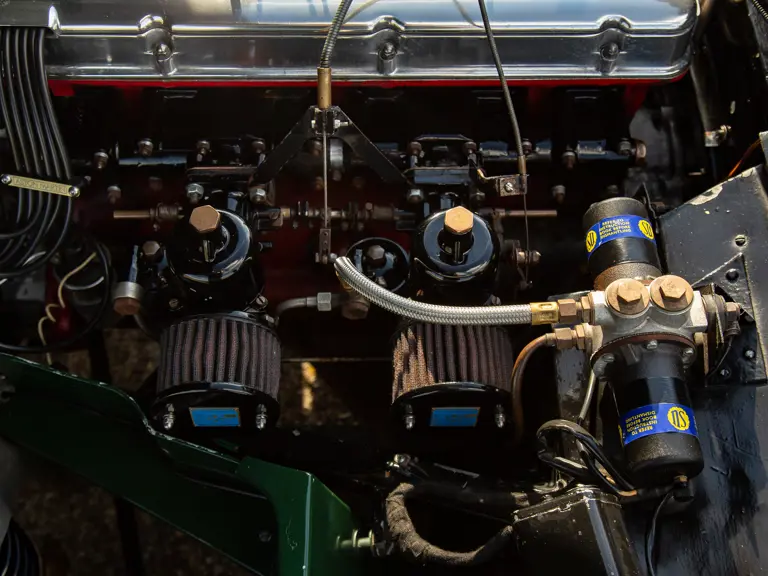
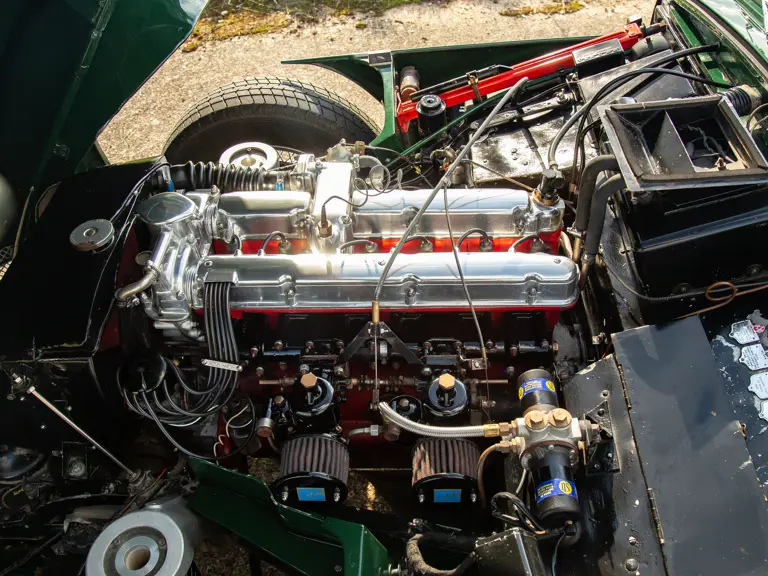
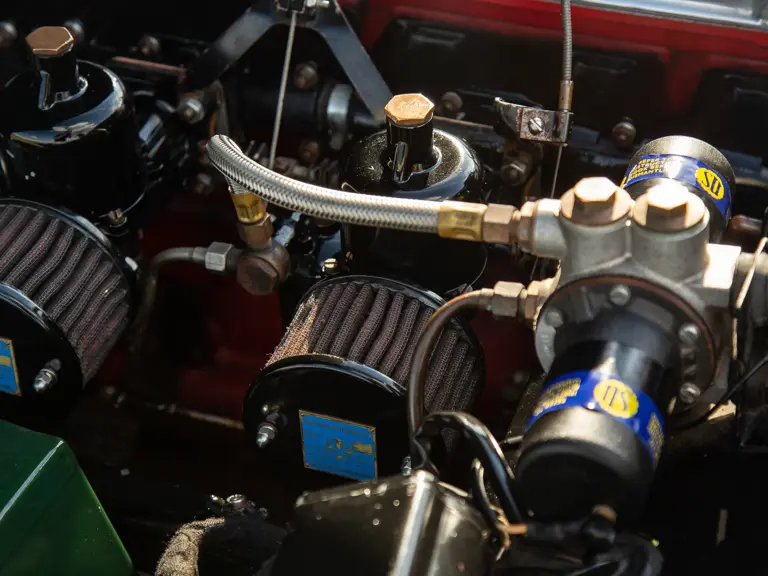
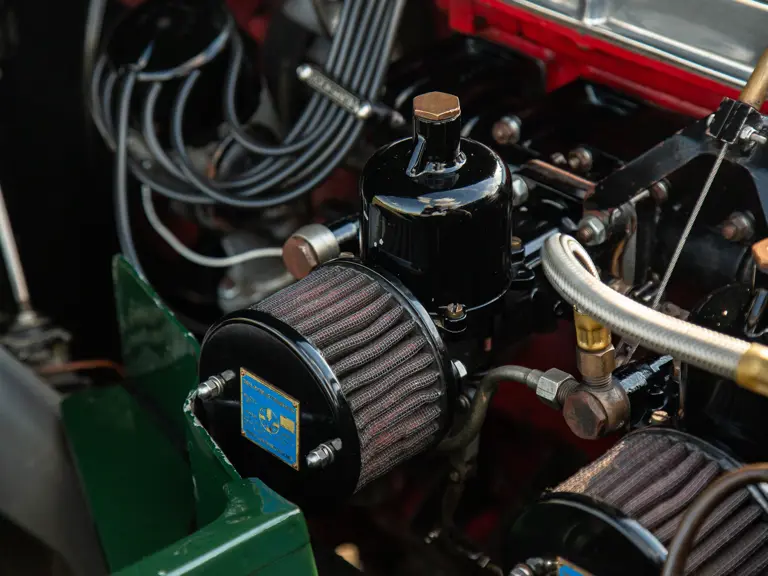
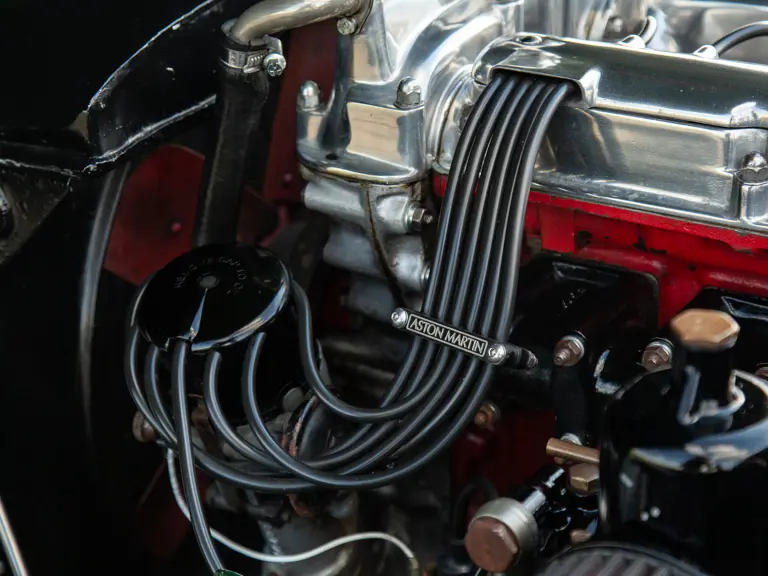
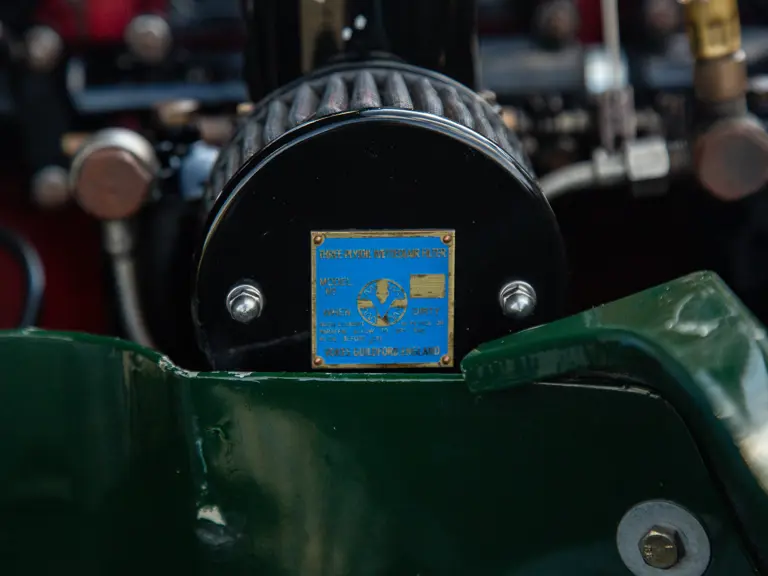
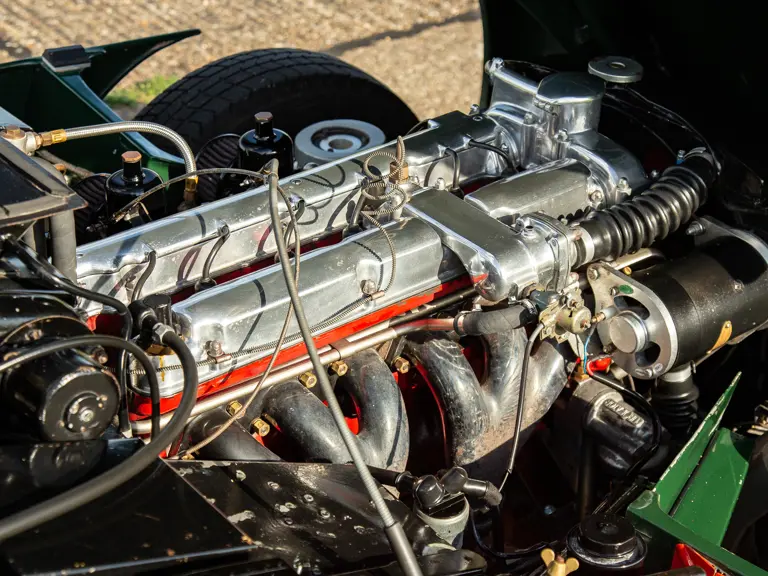
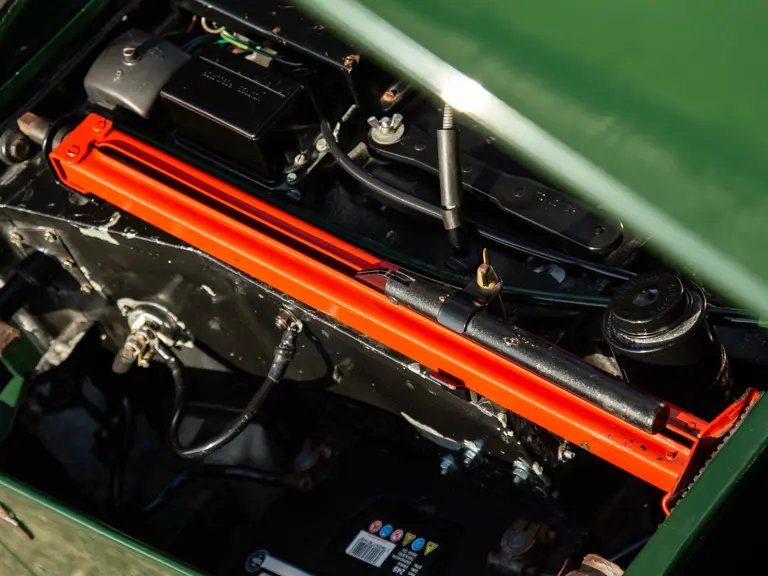
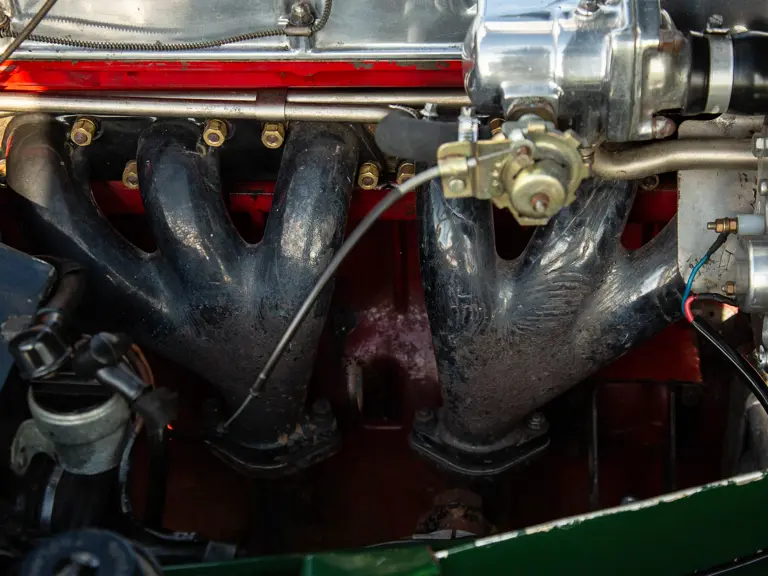
 | London, United Kingdom
| London, United Kingdom
